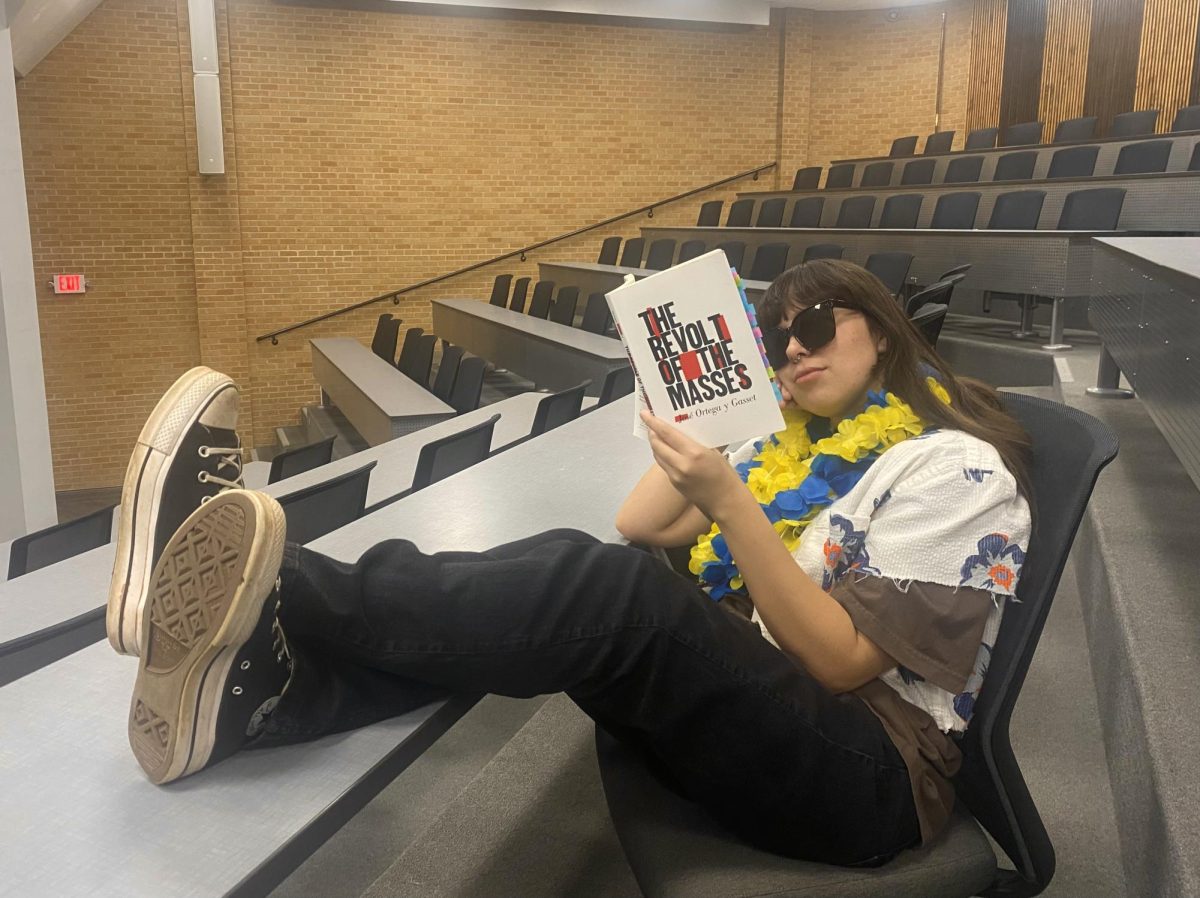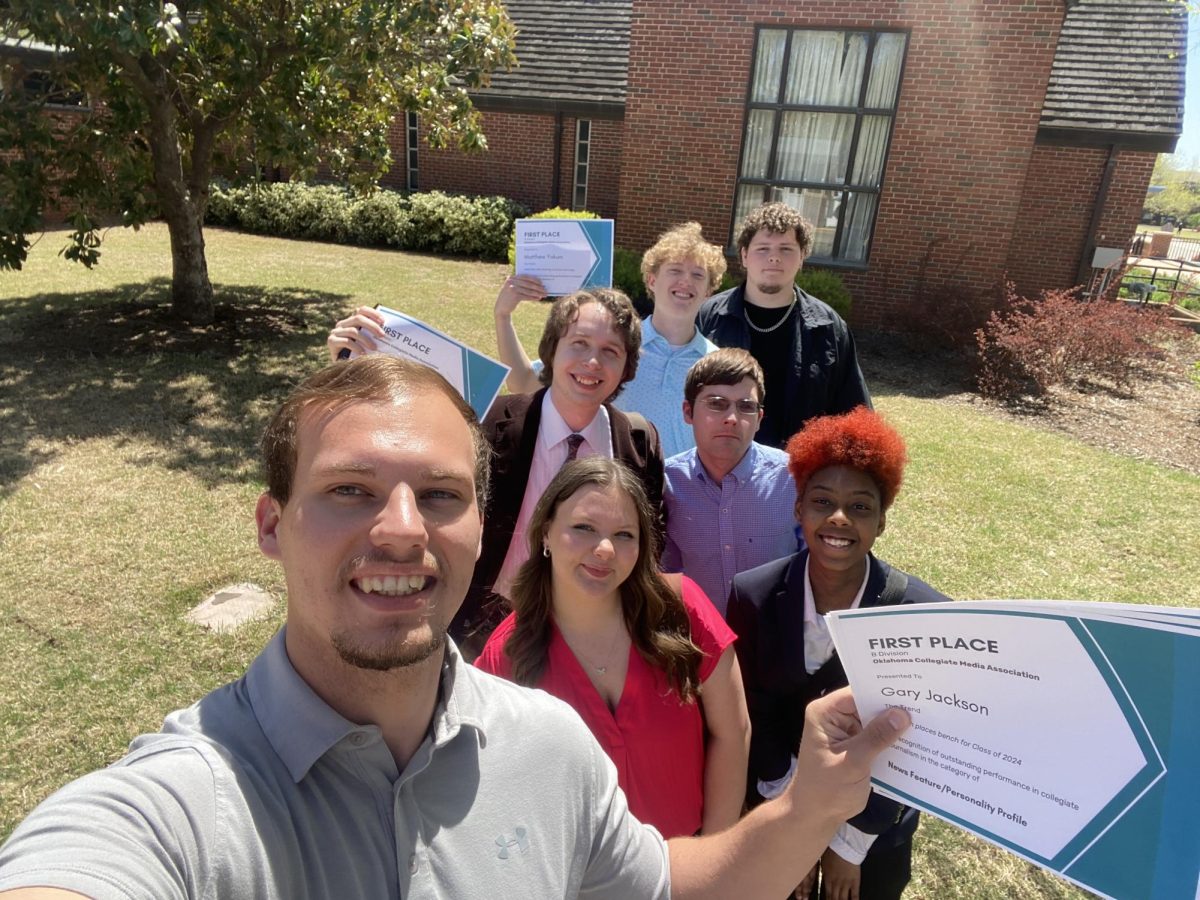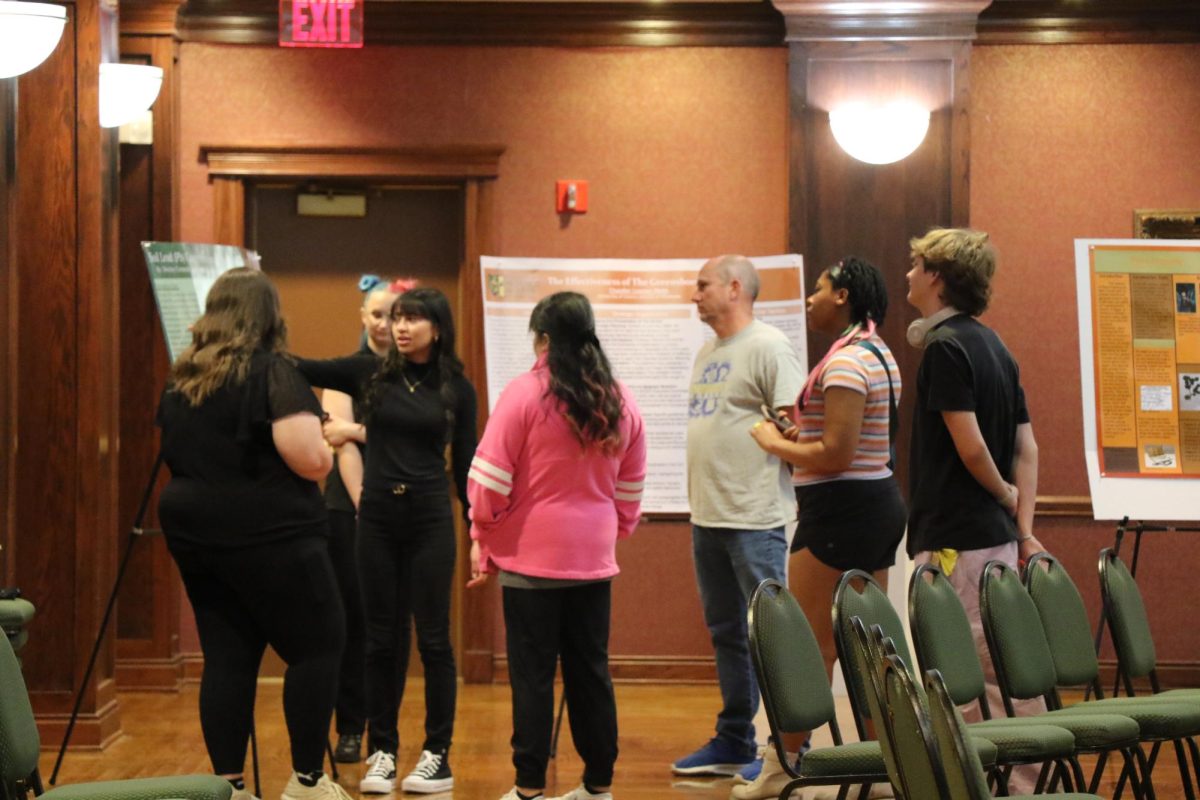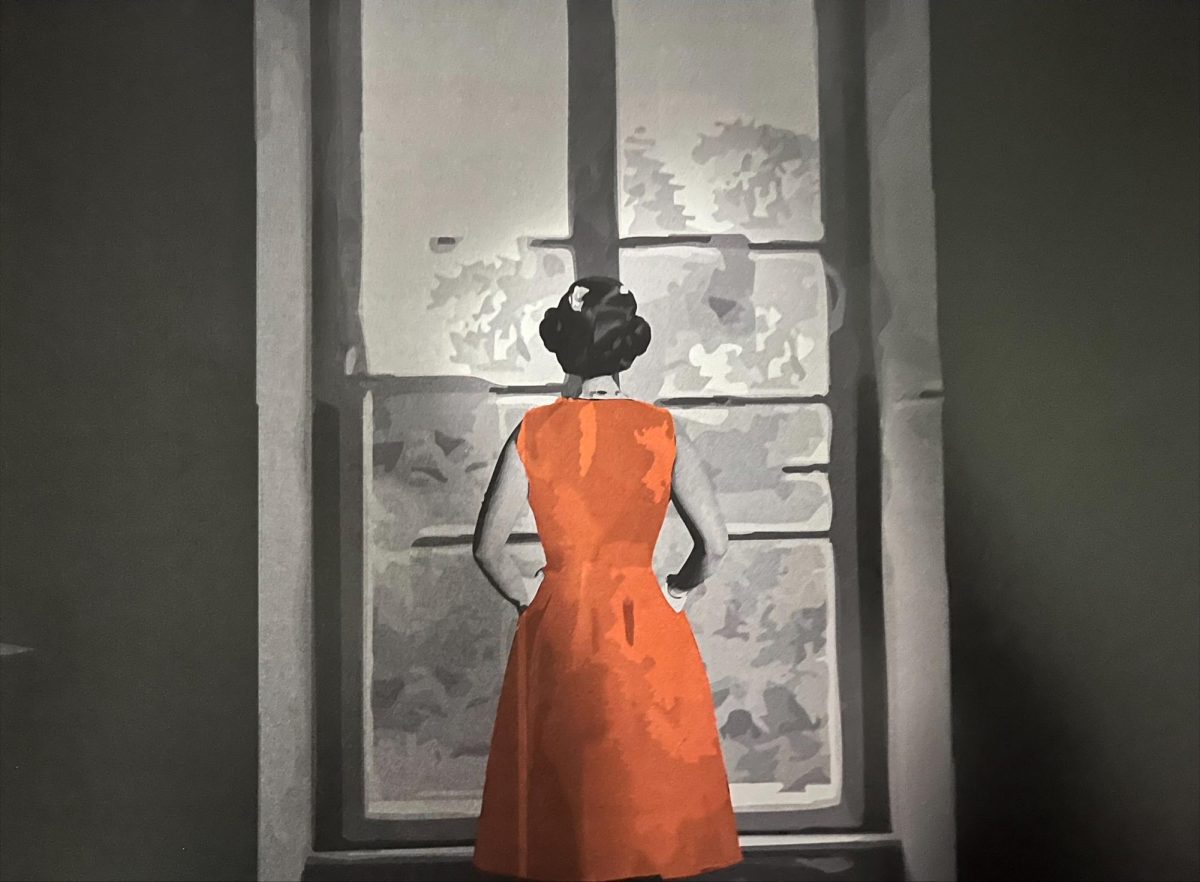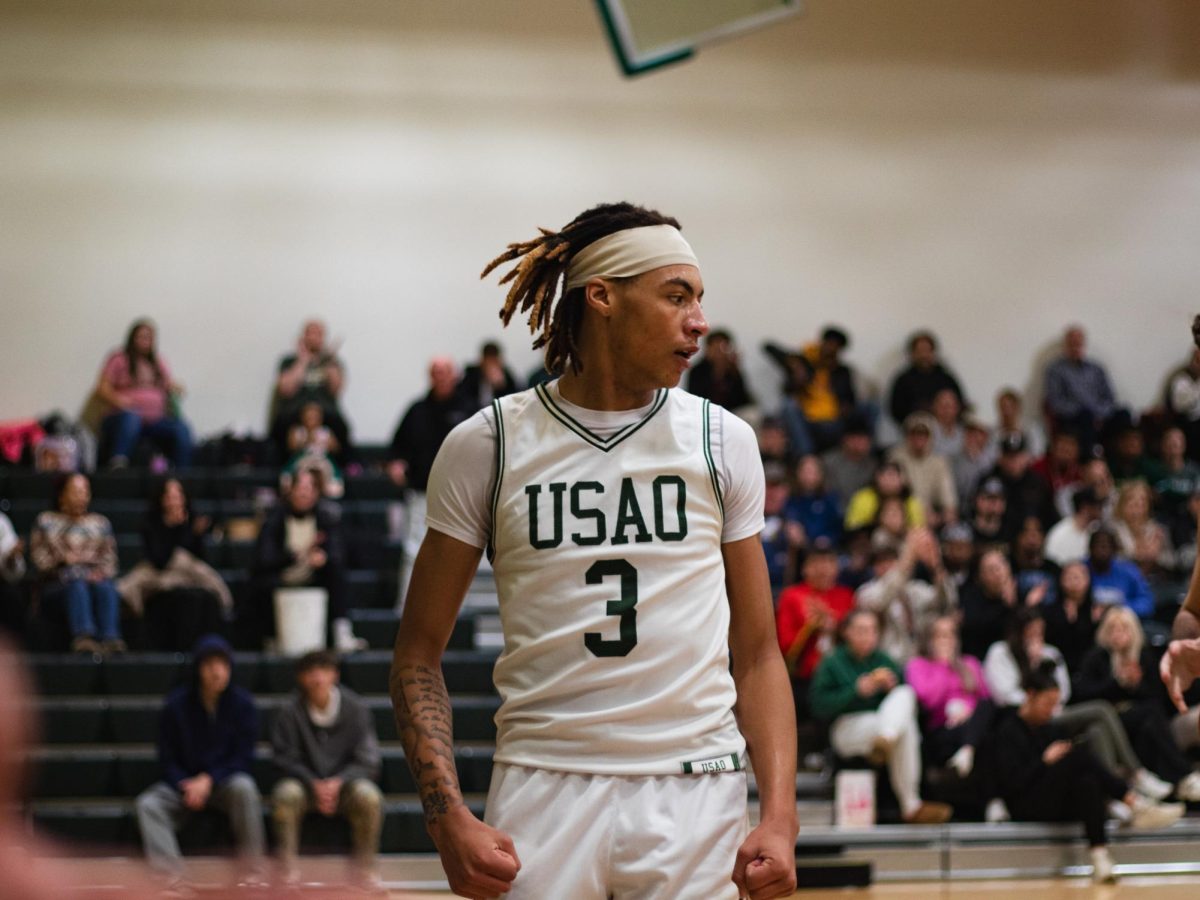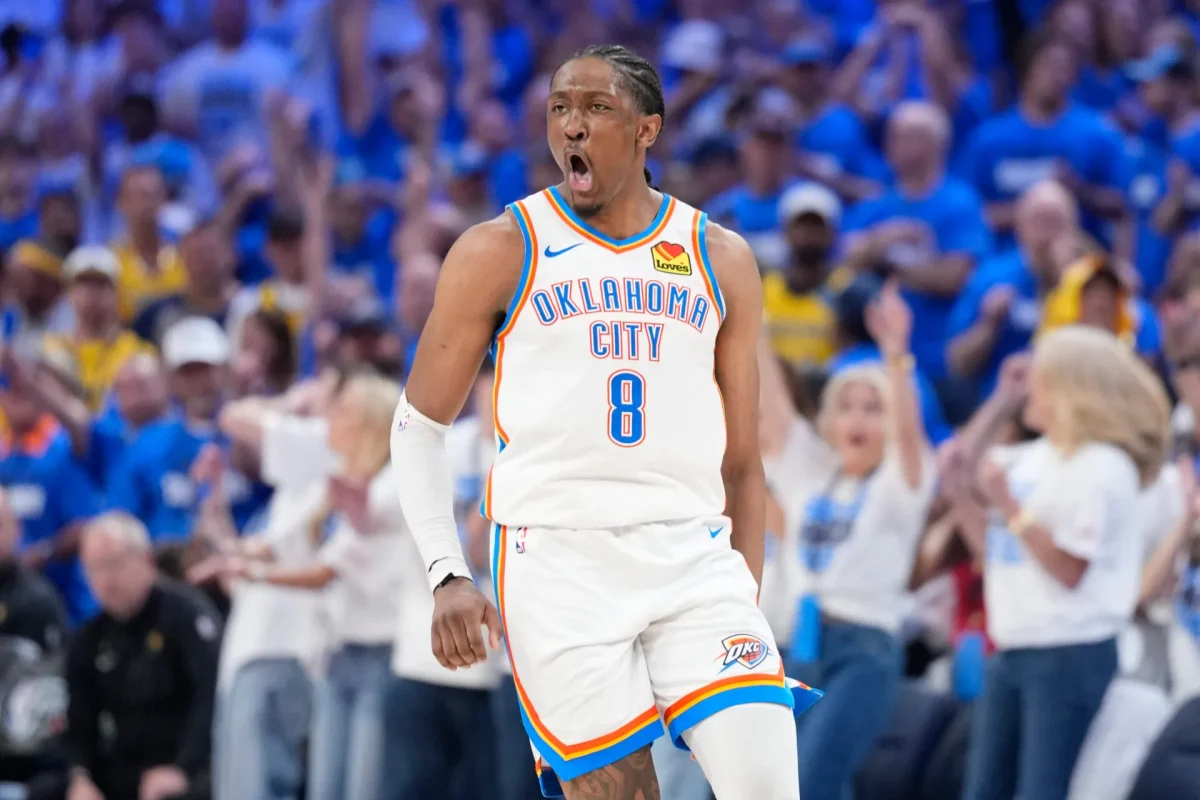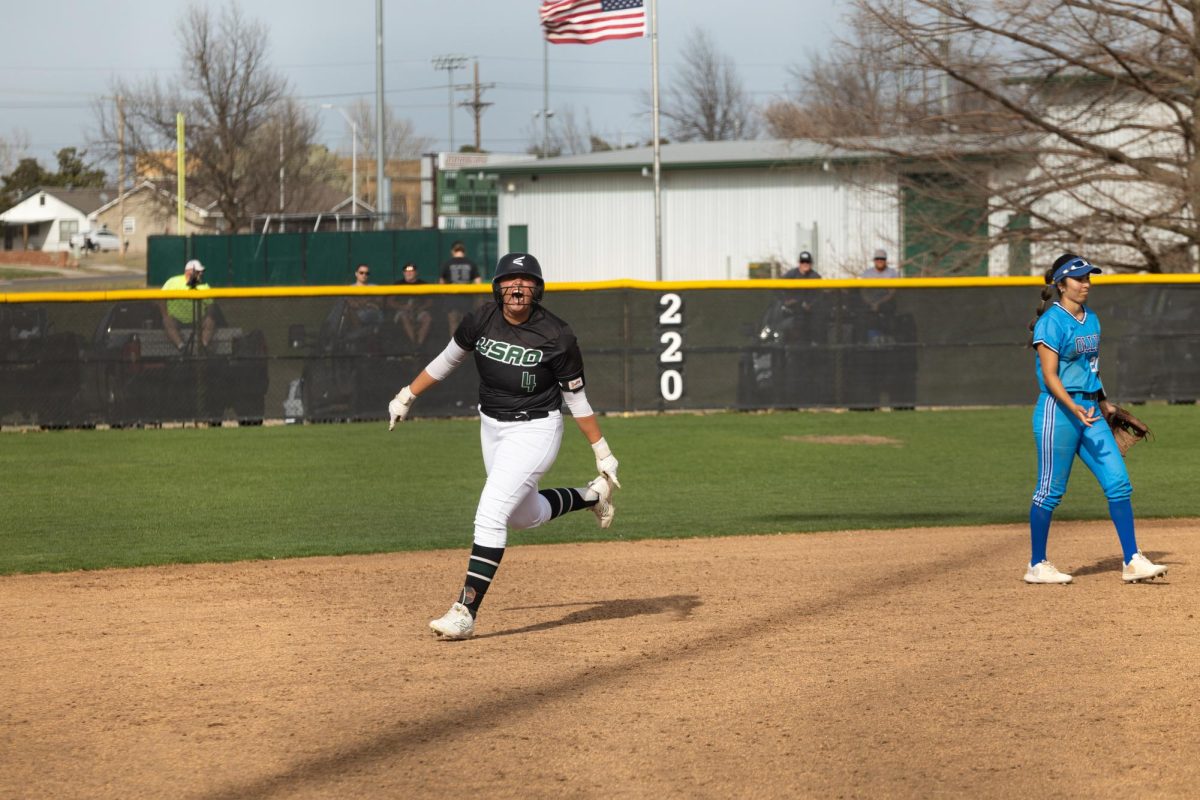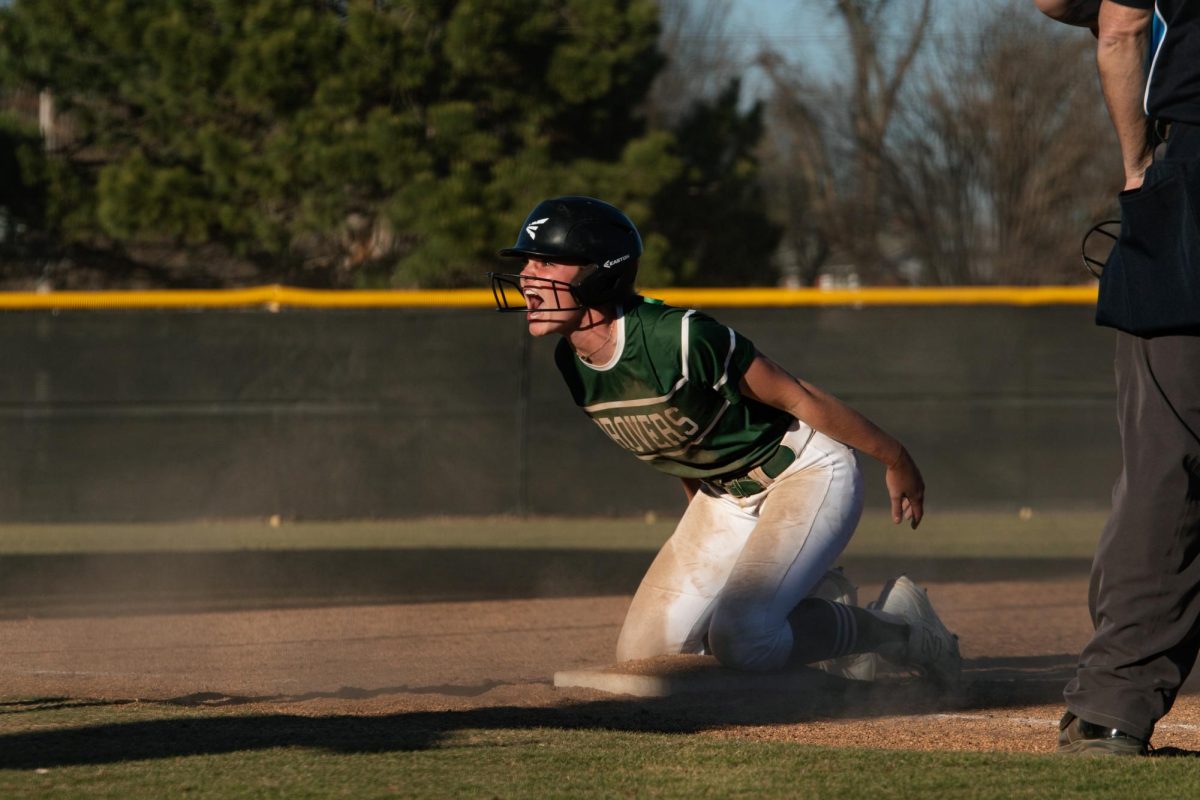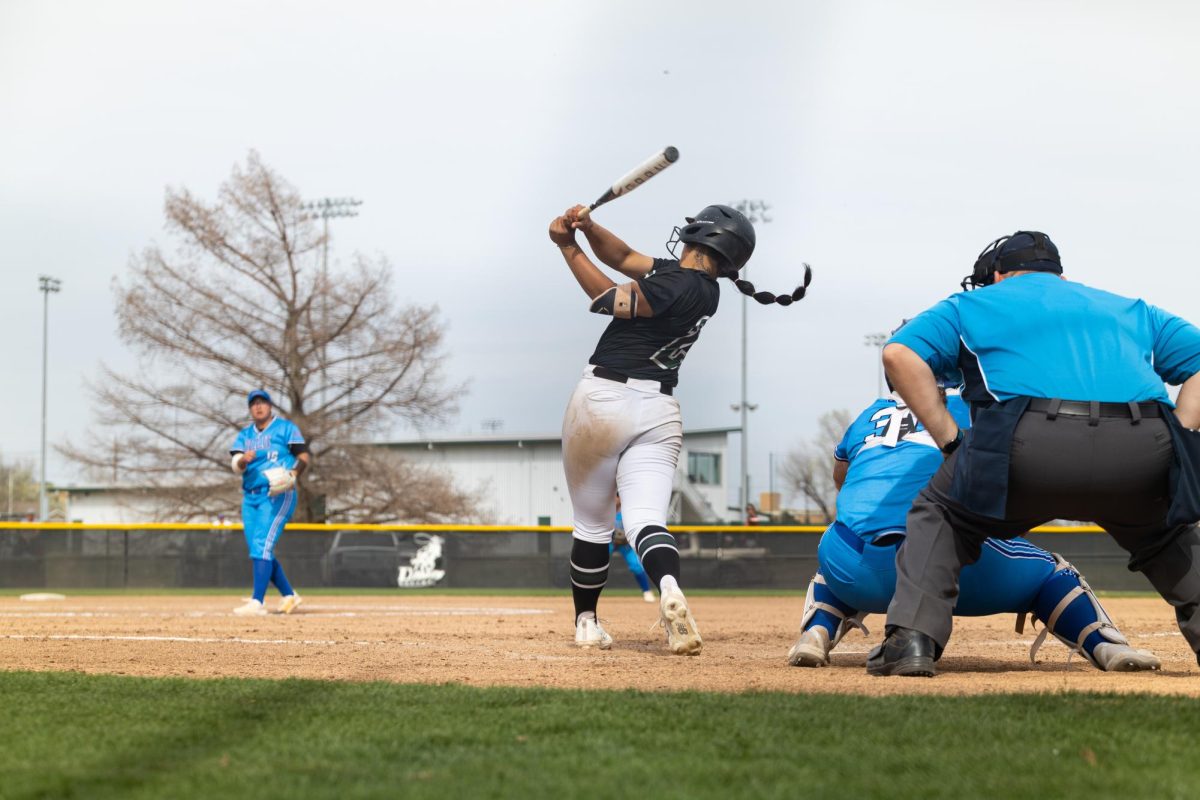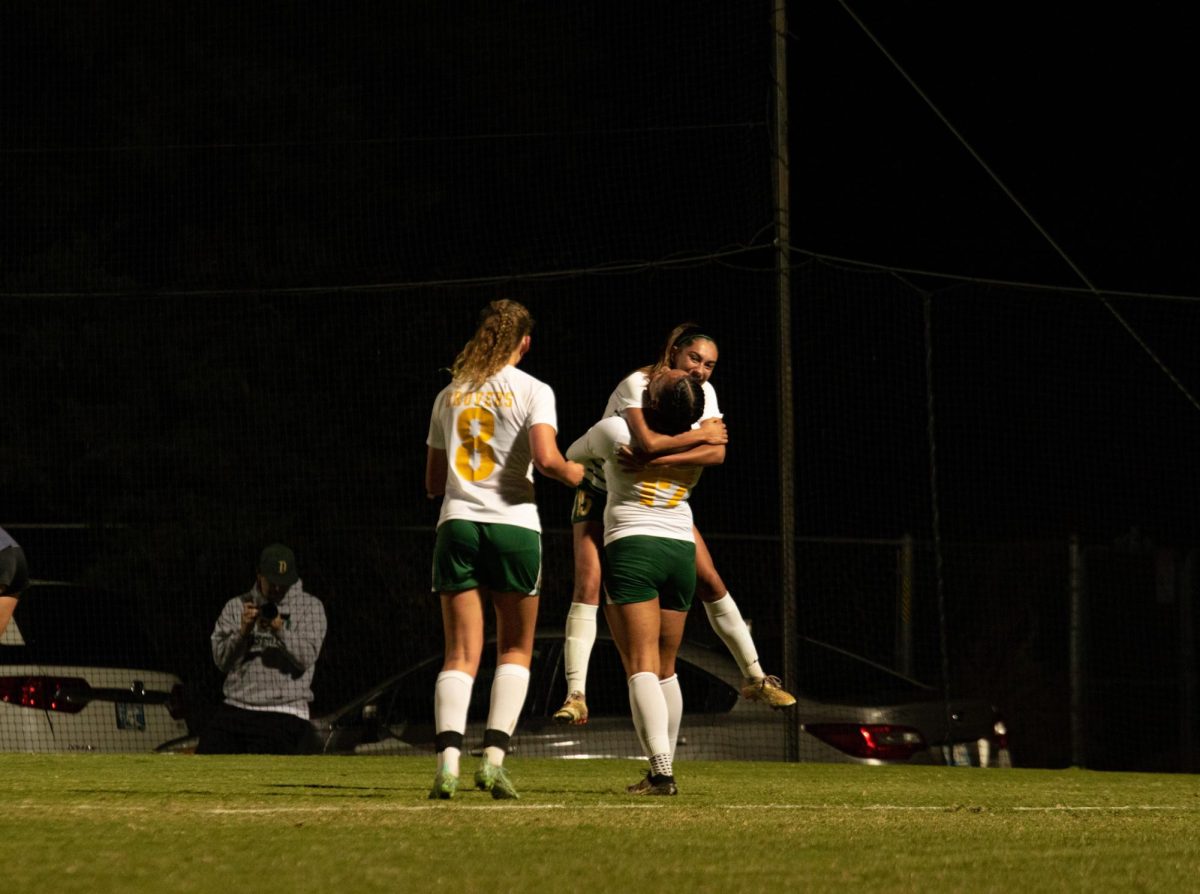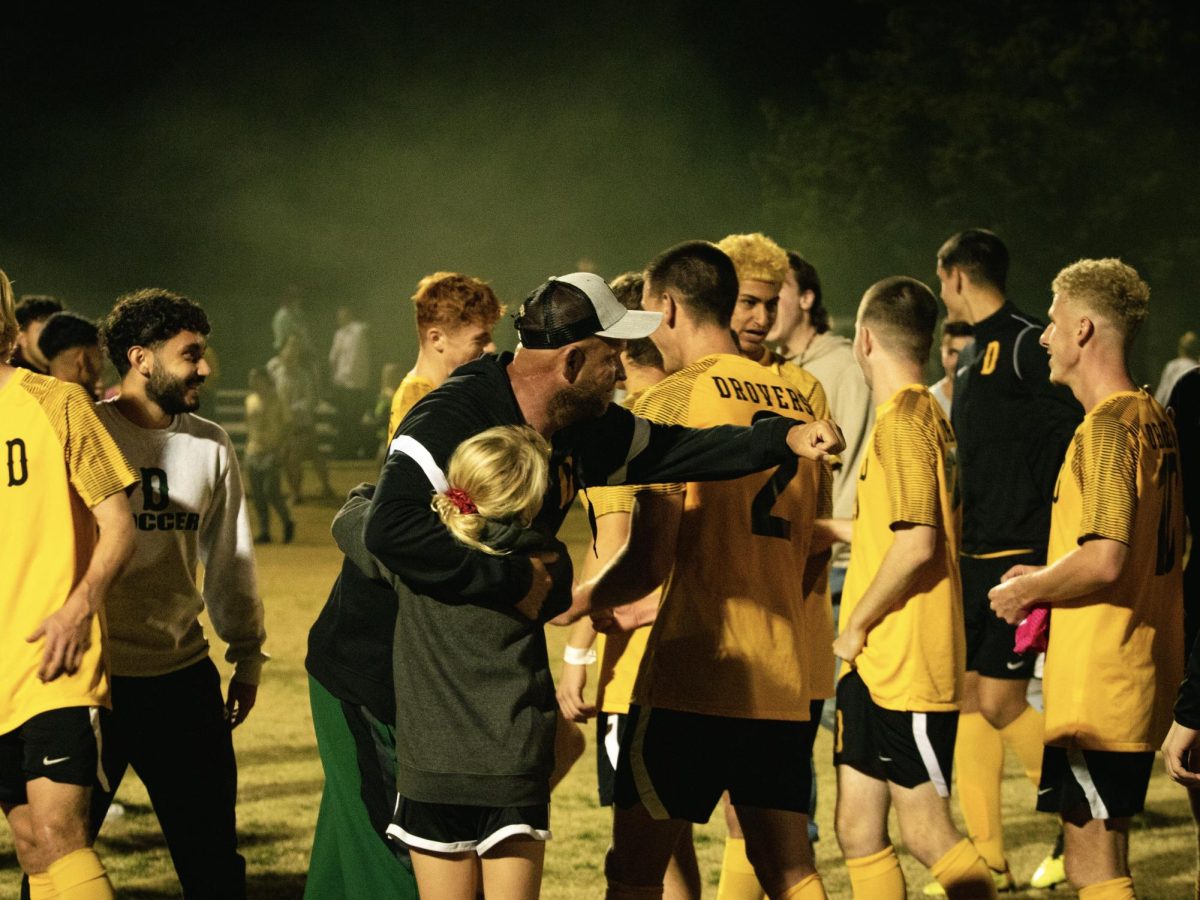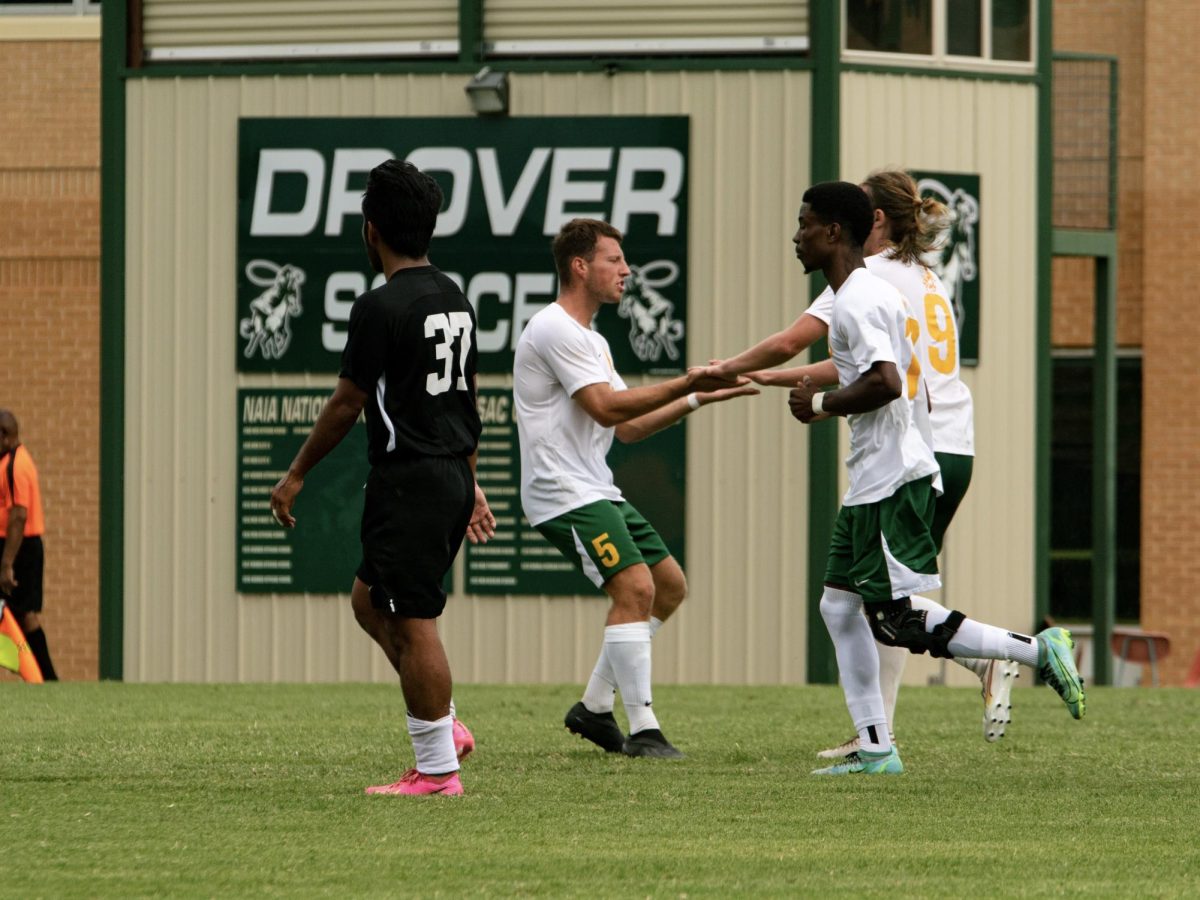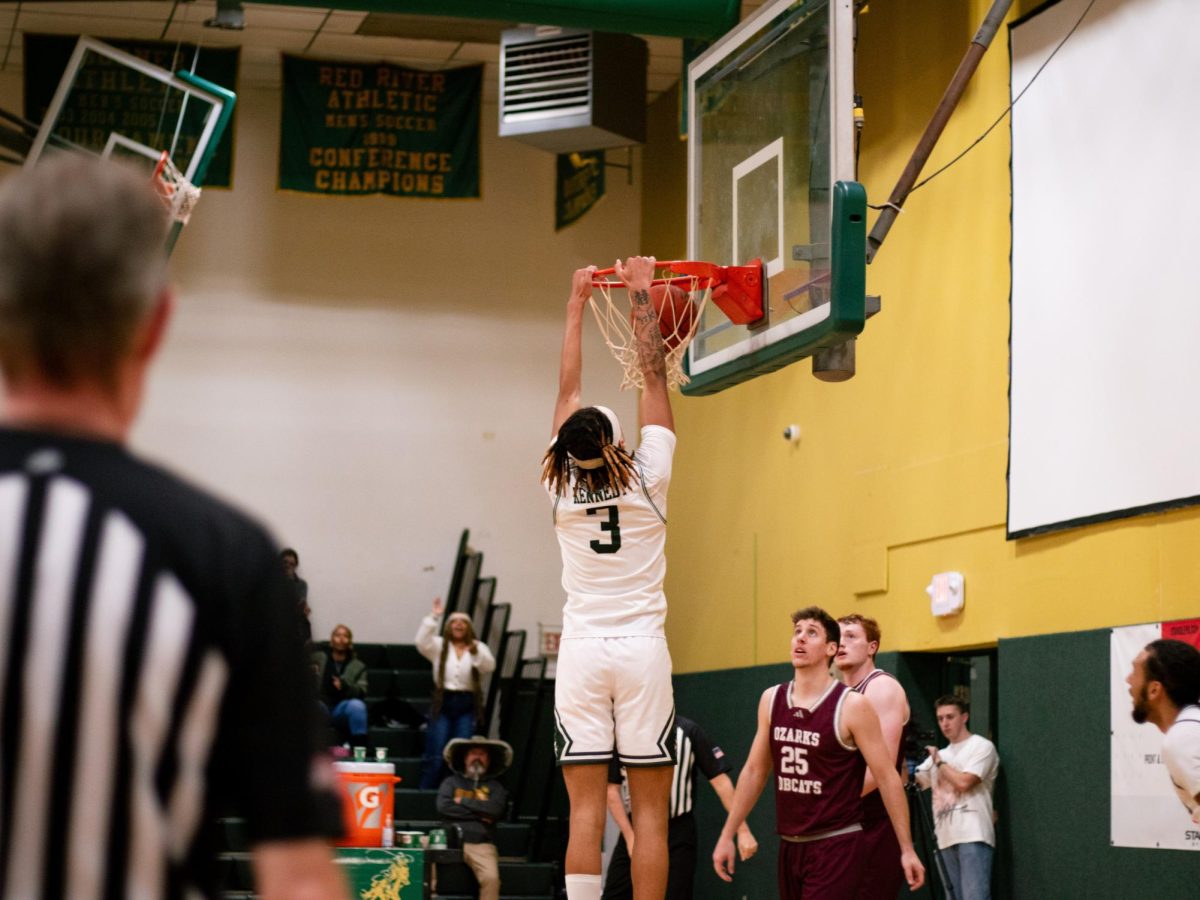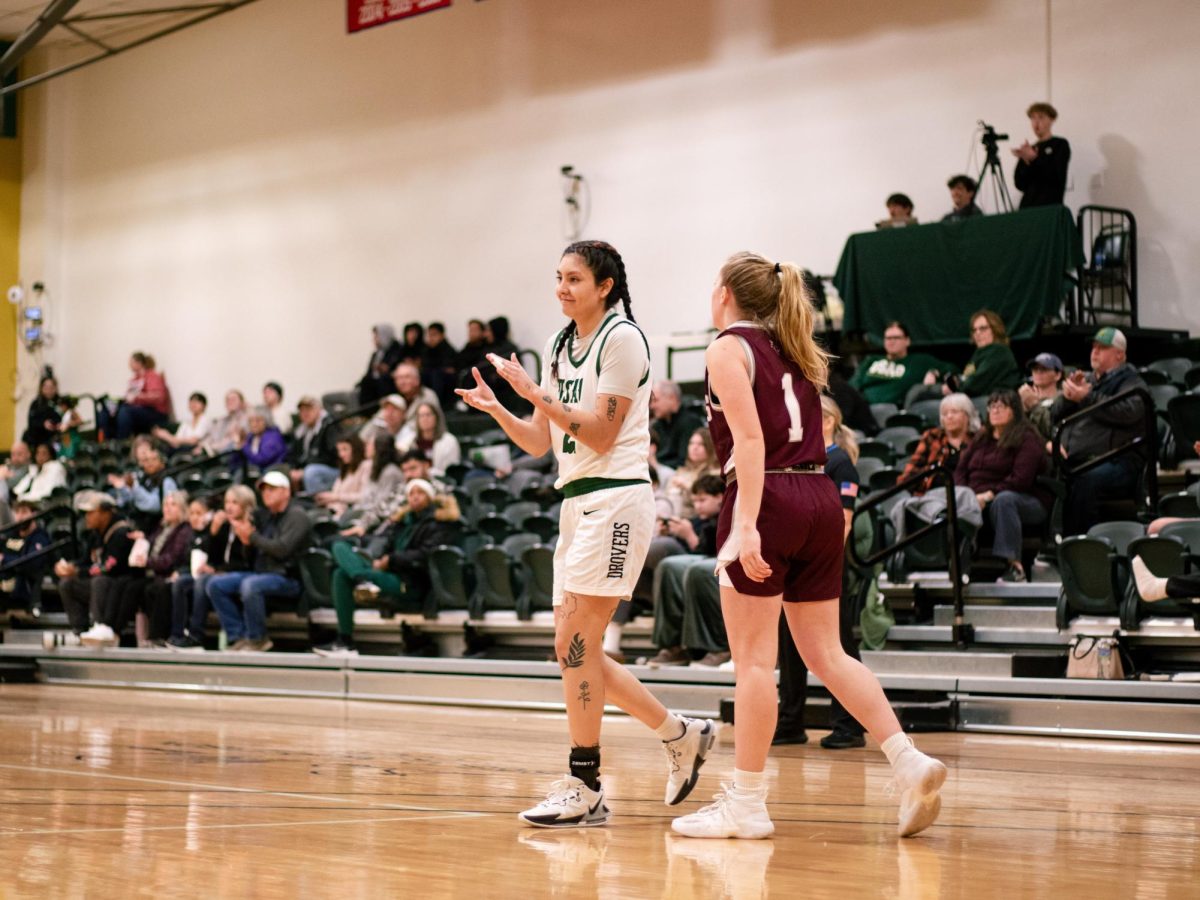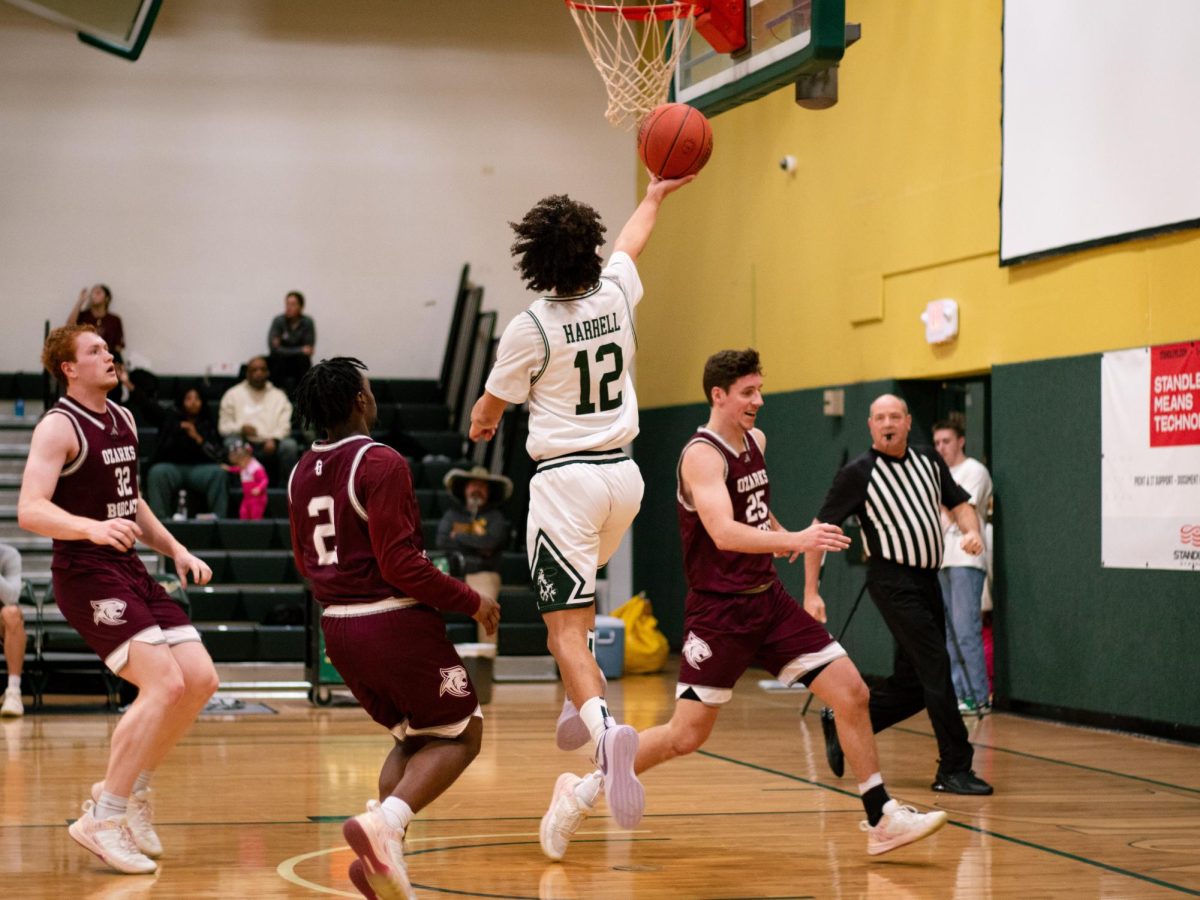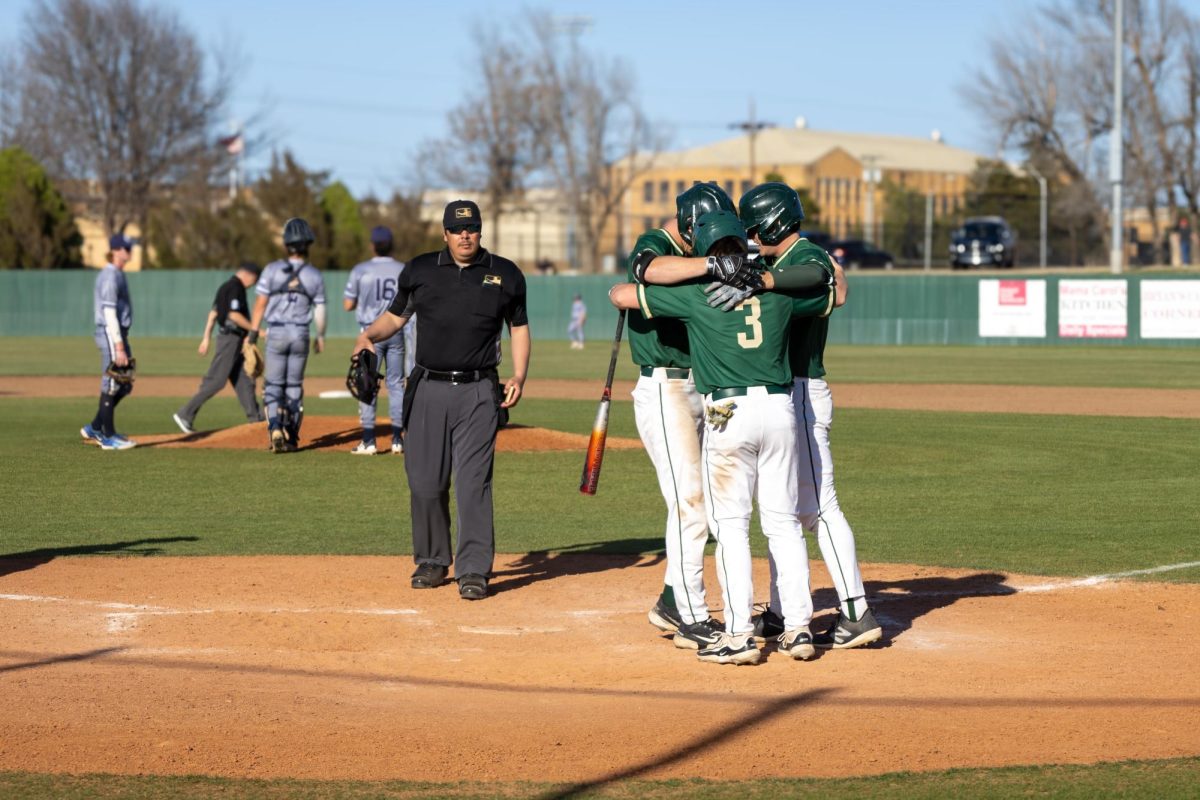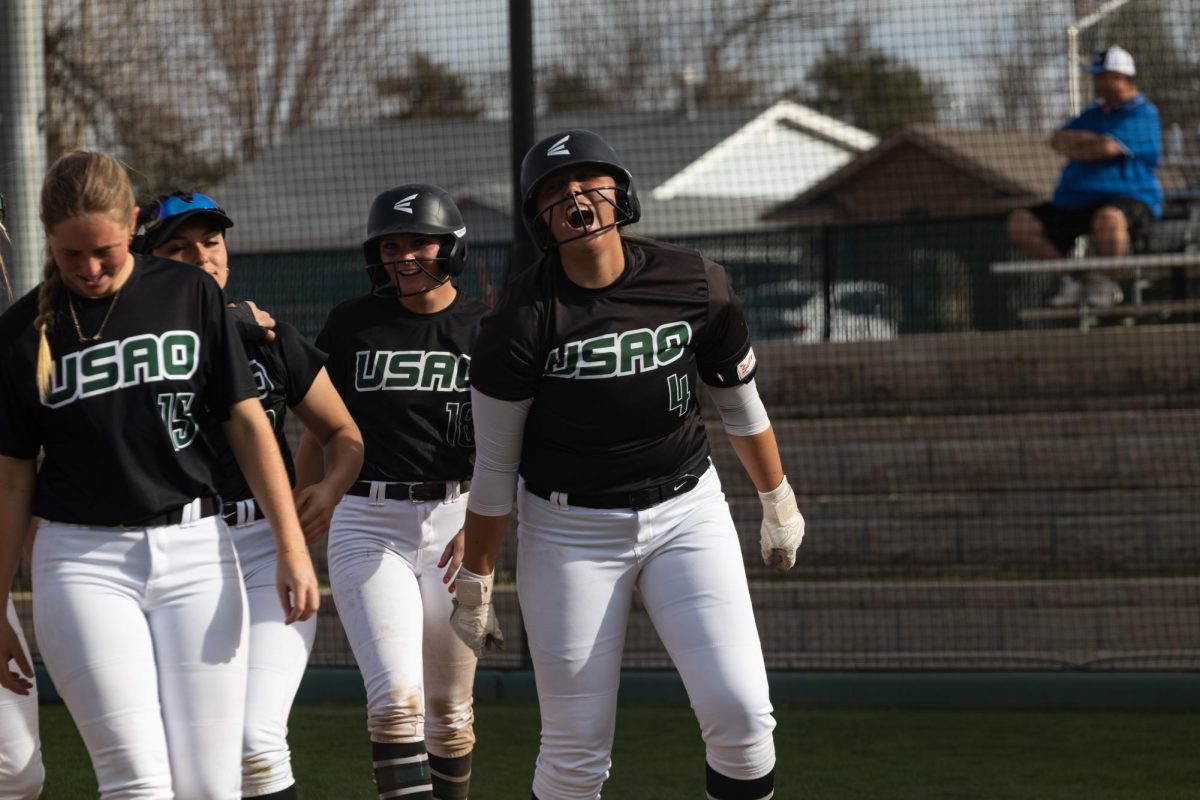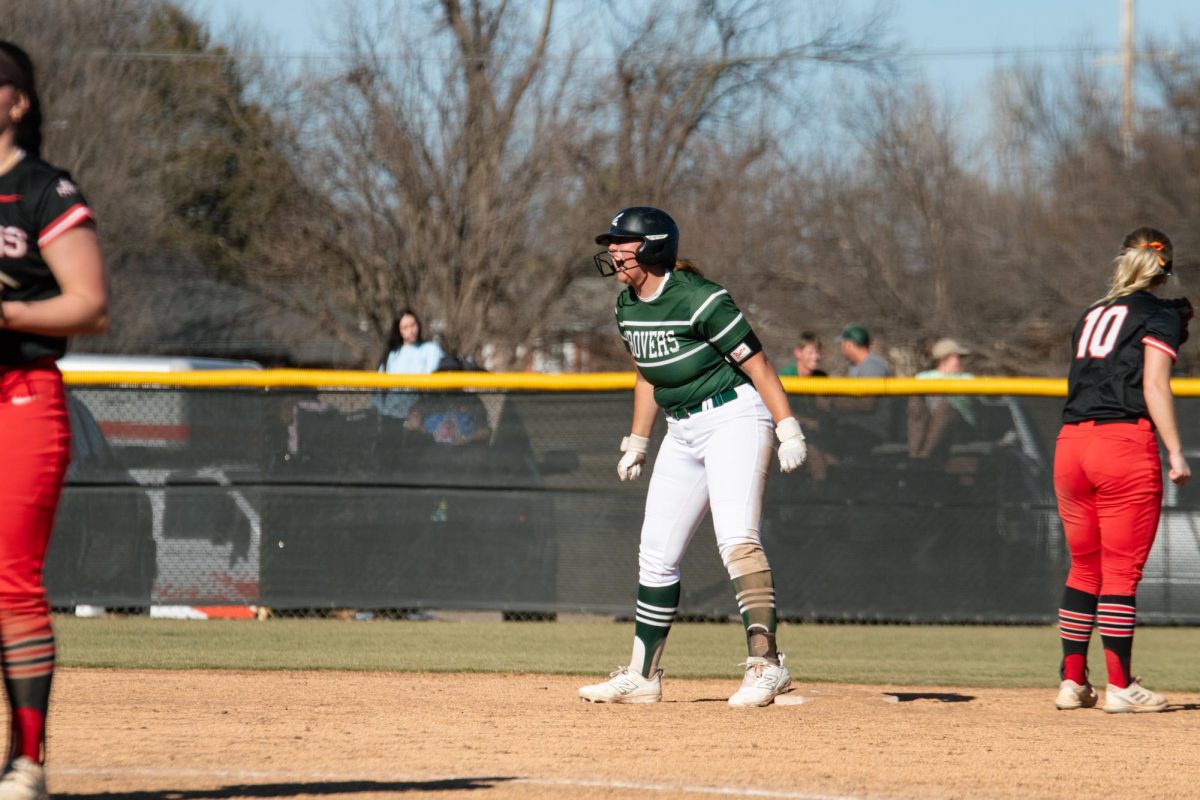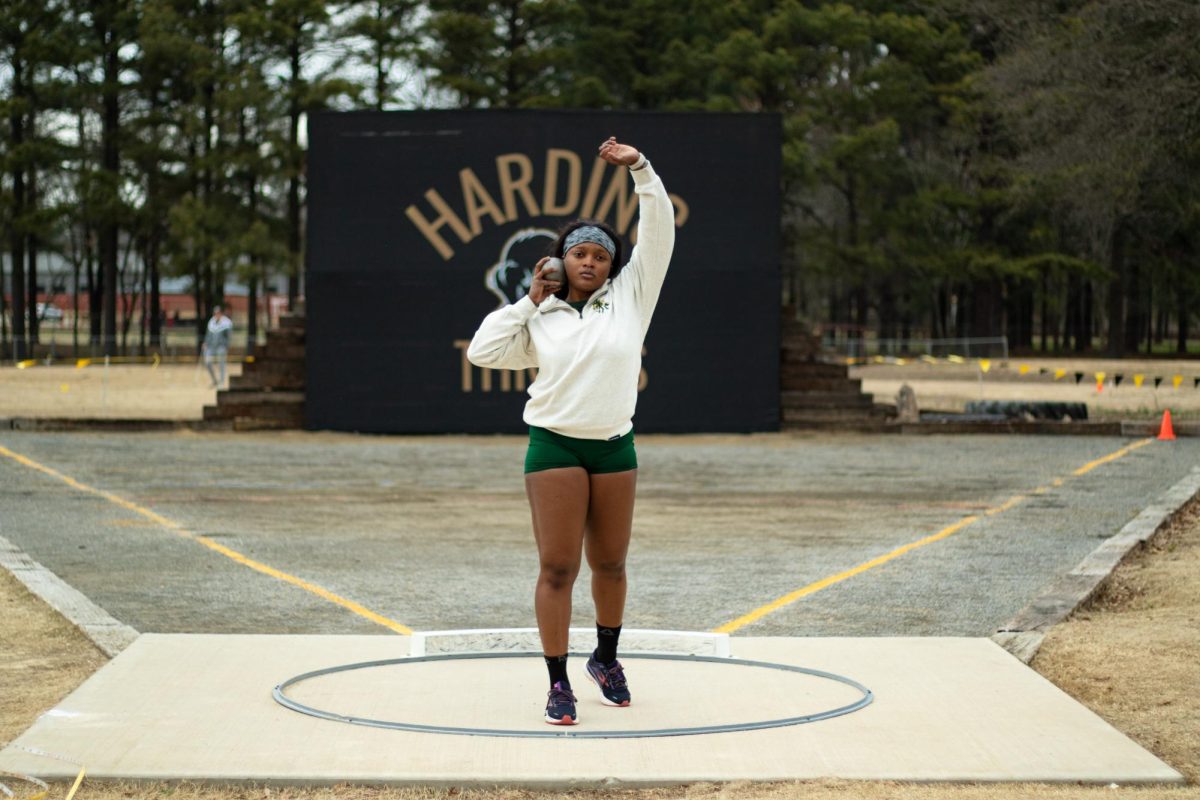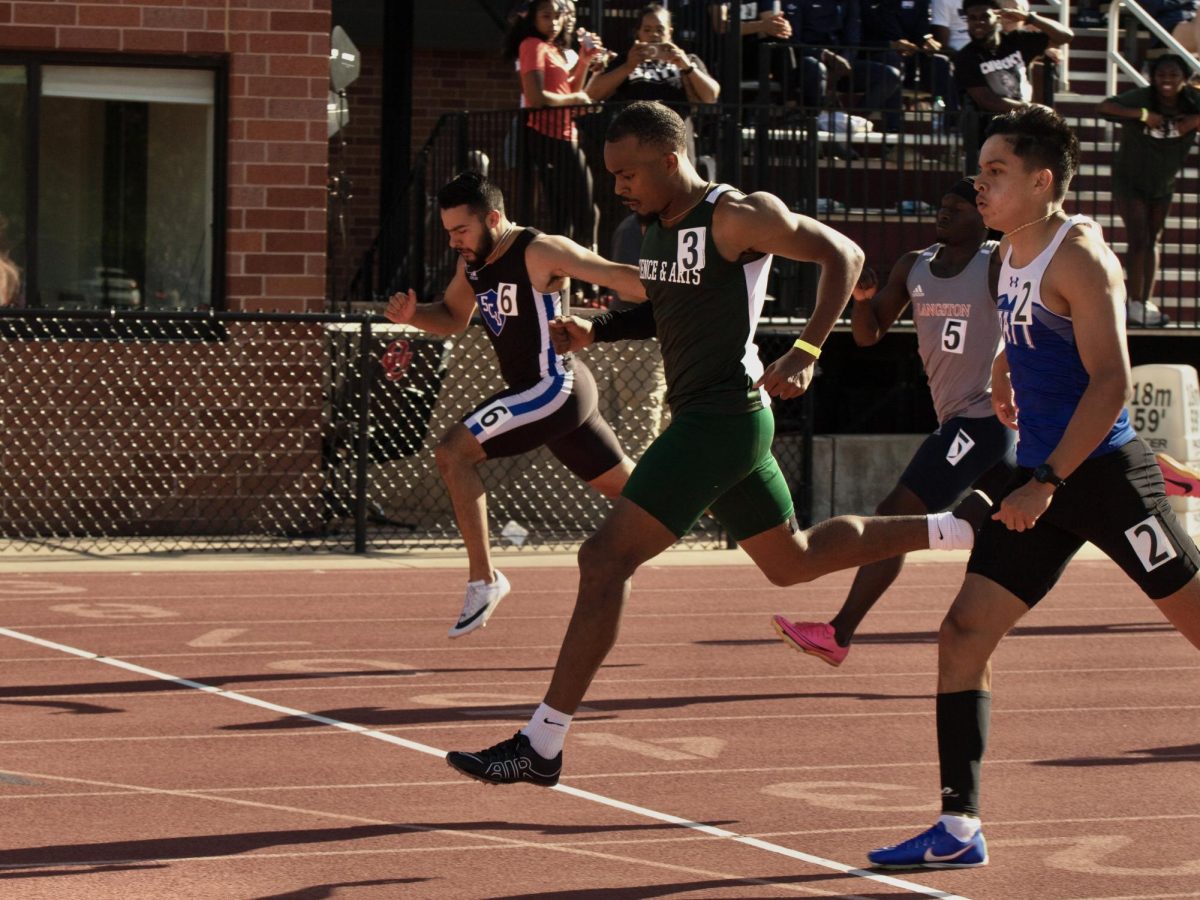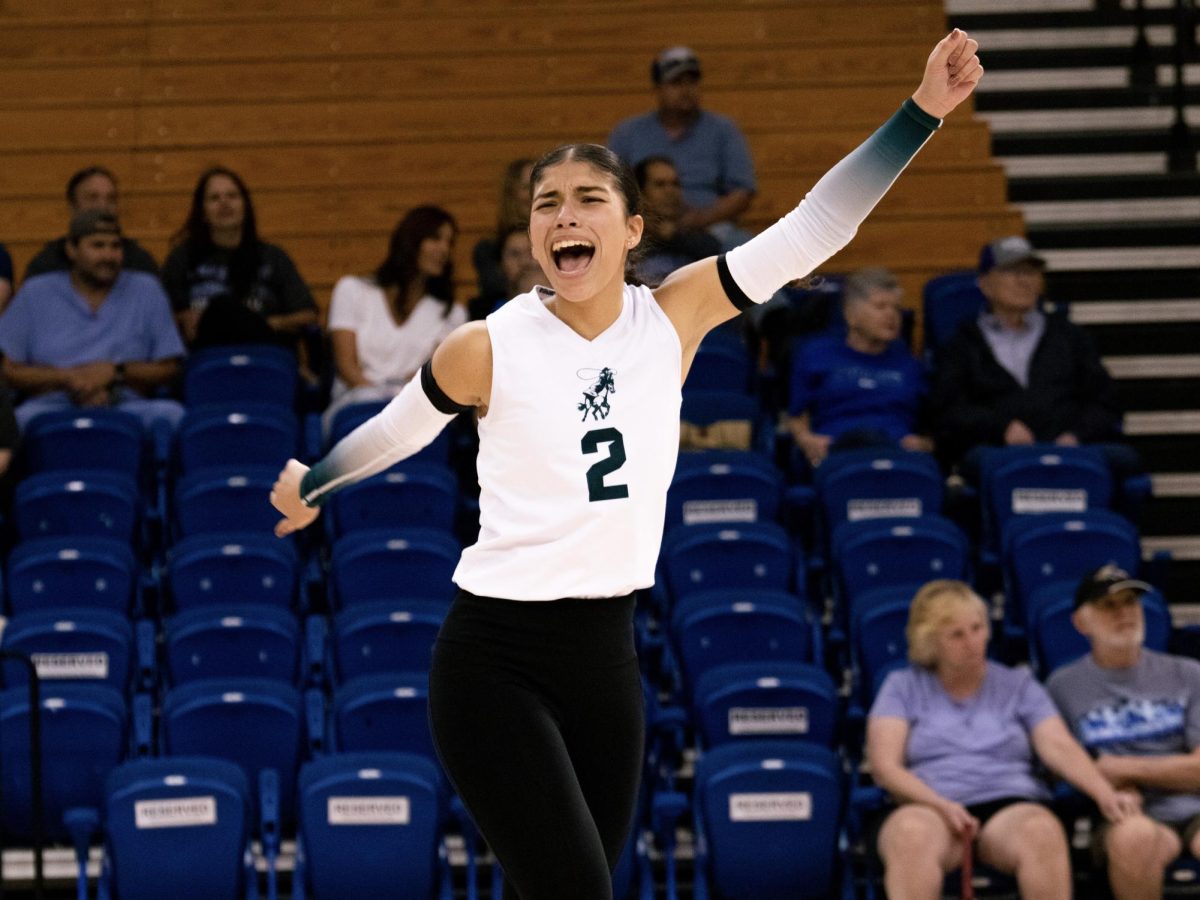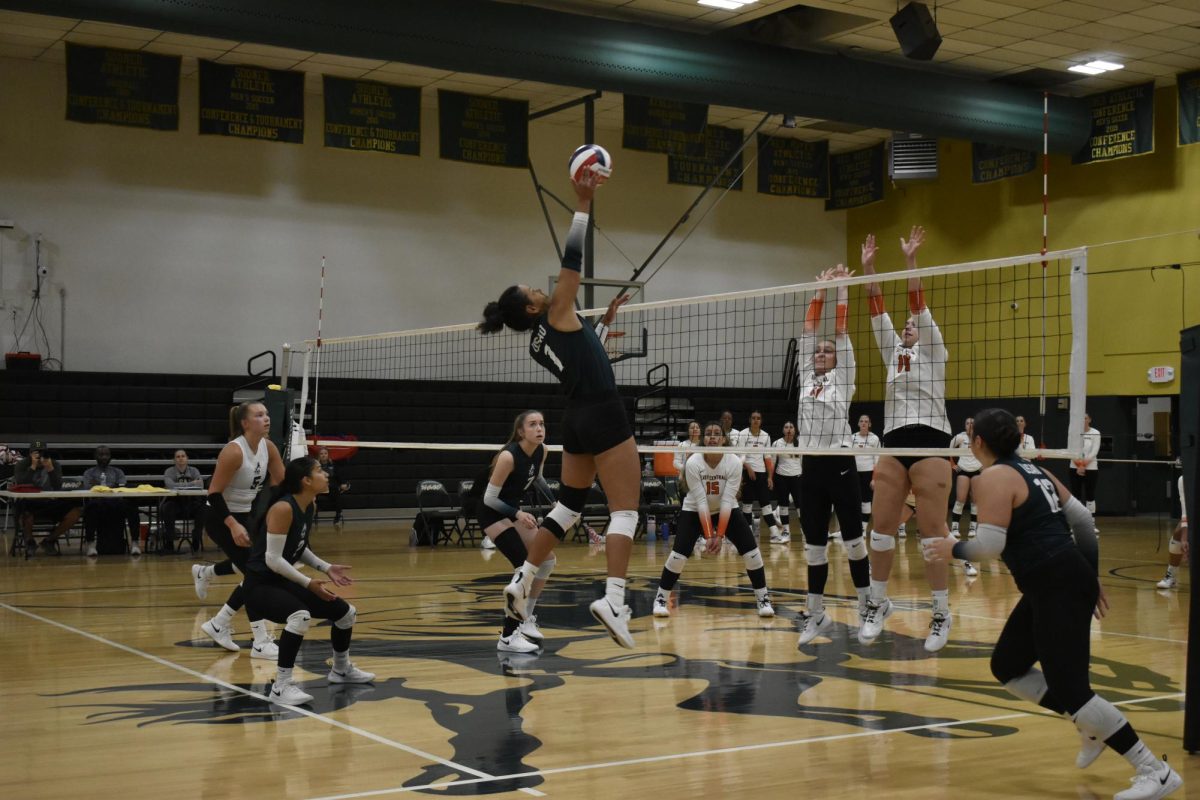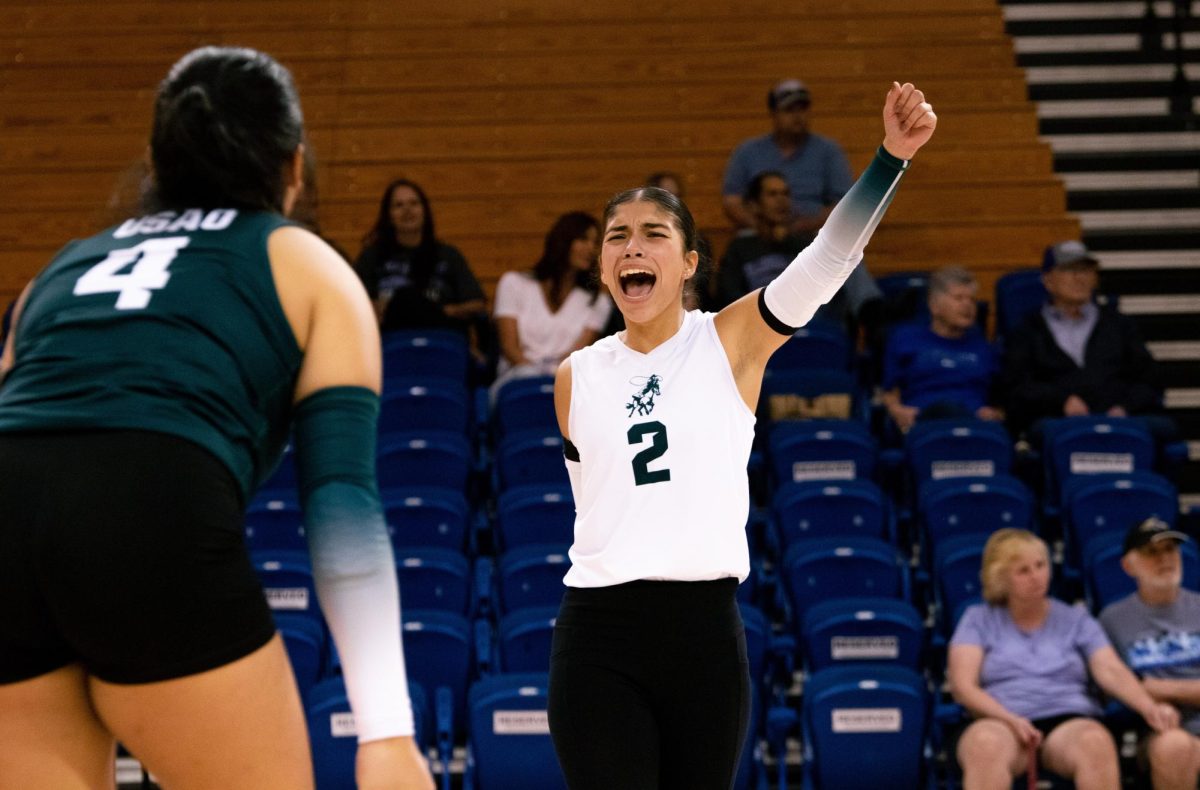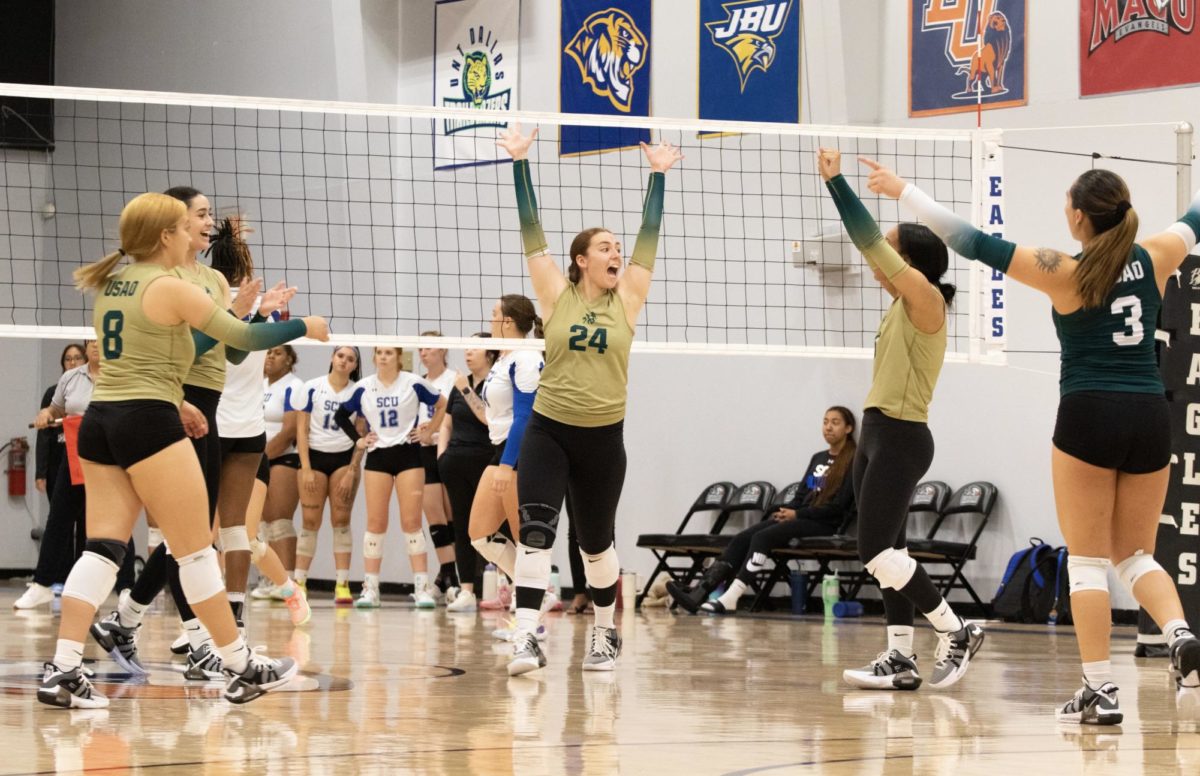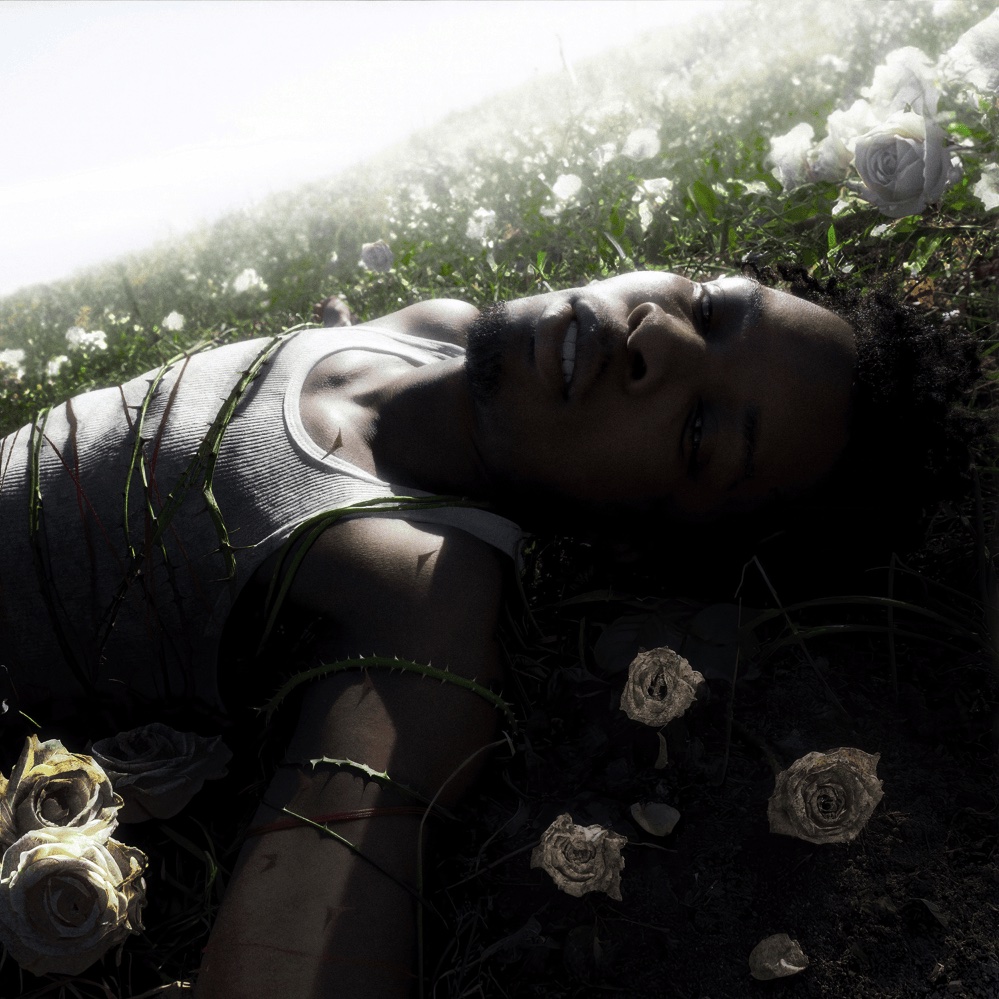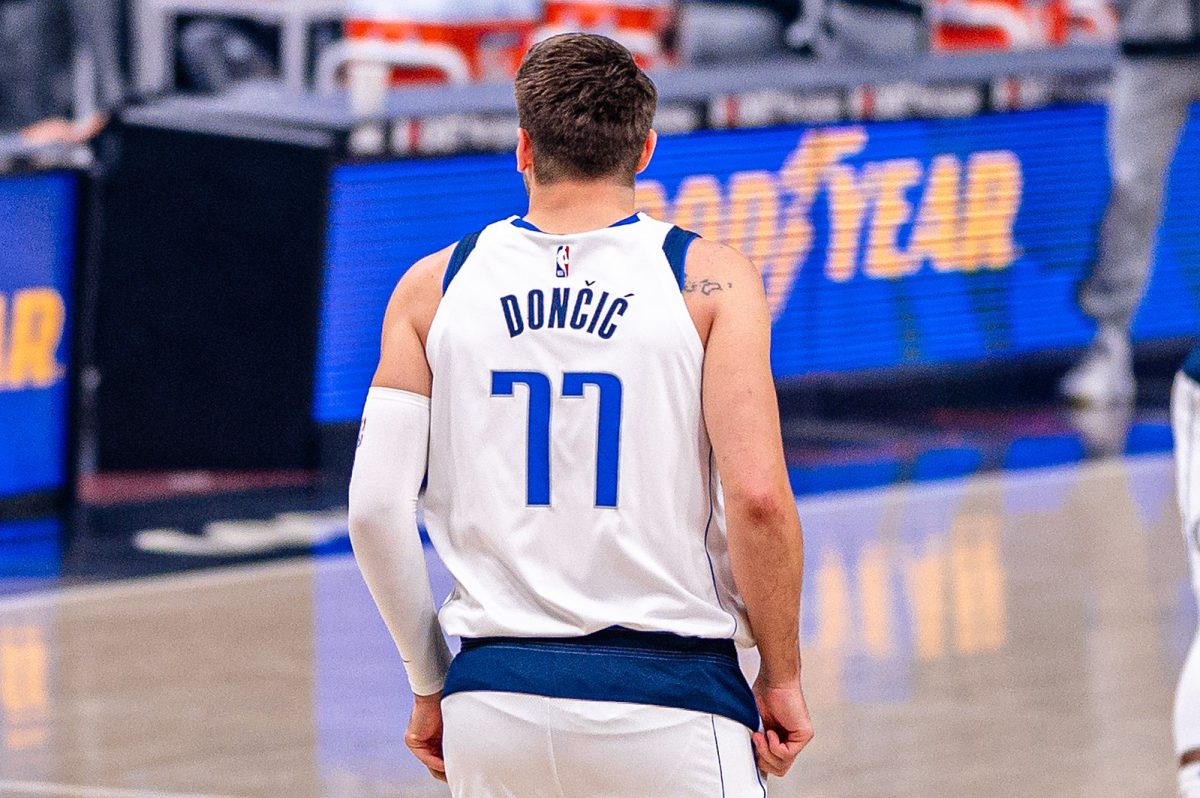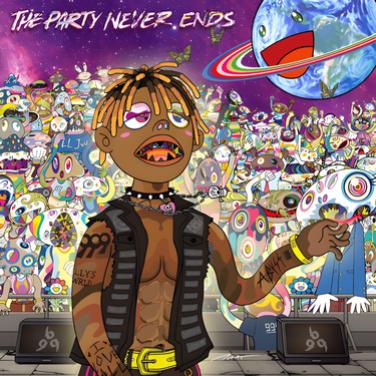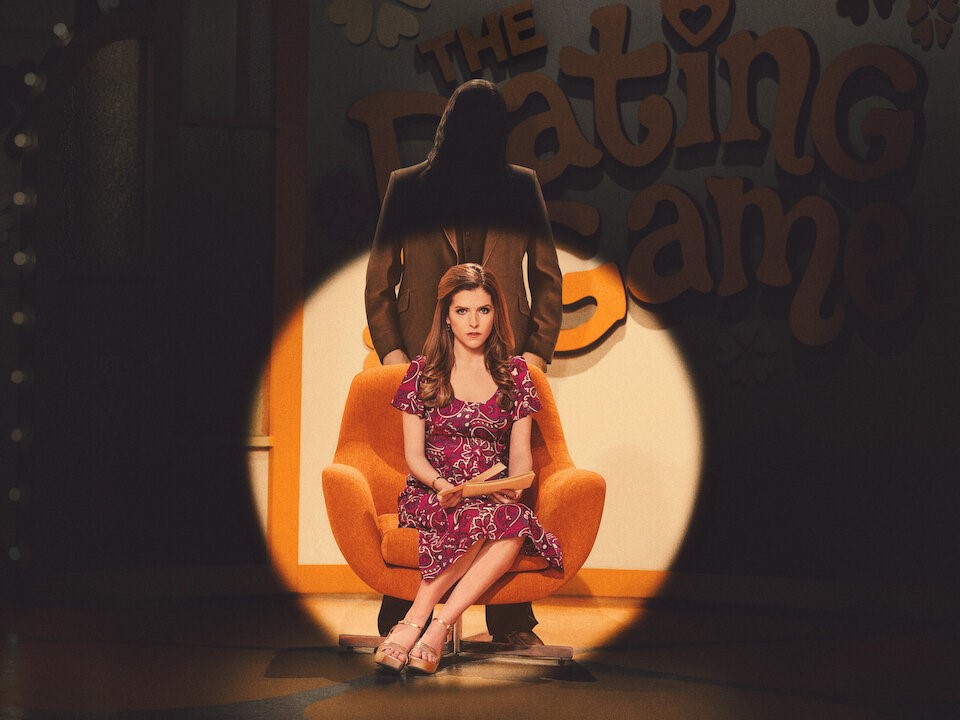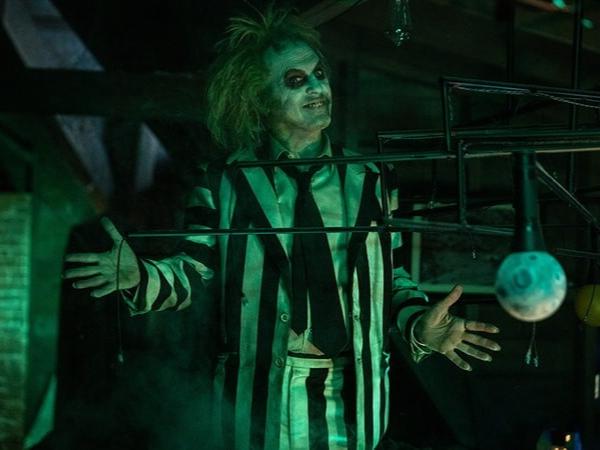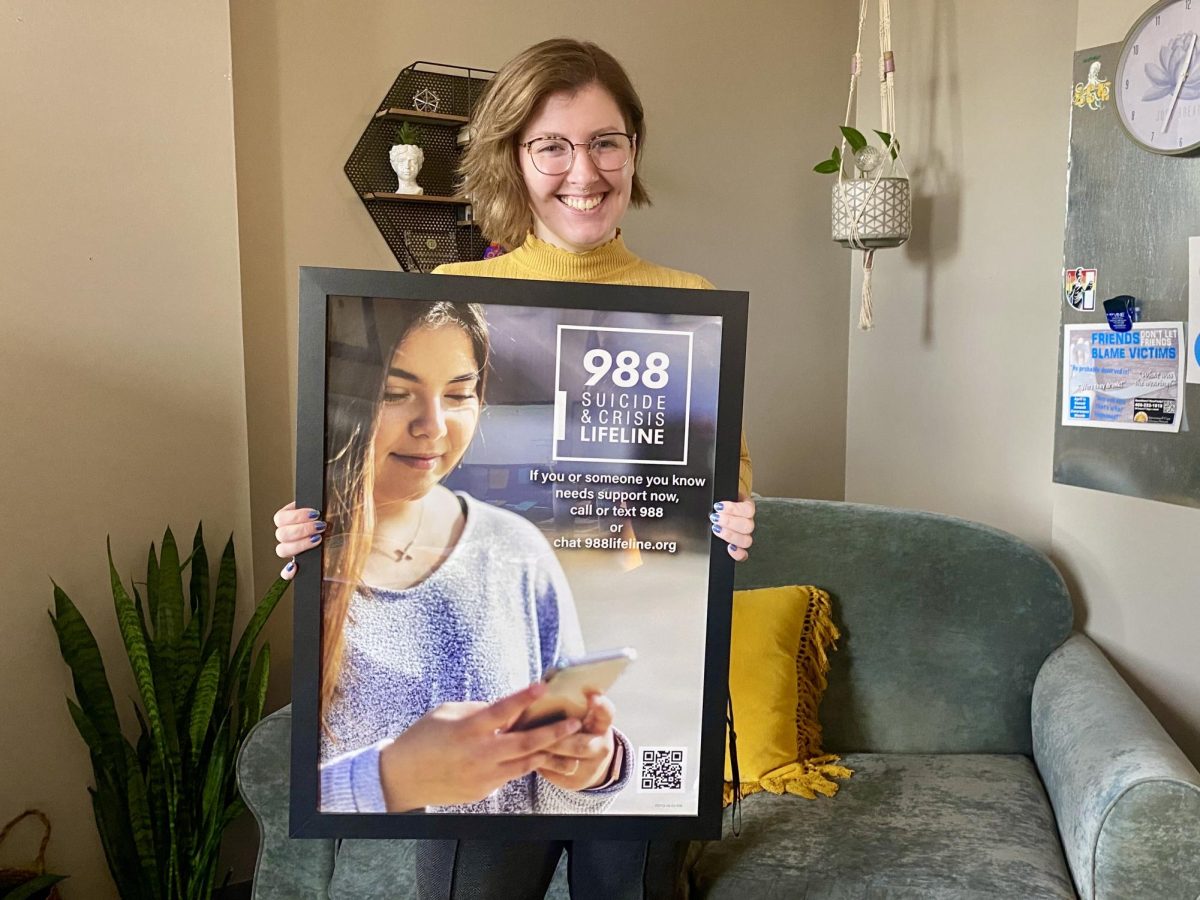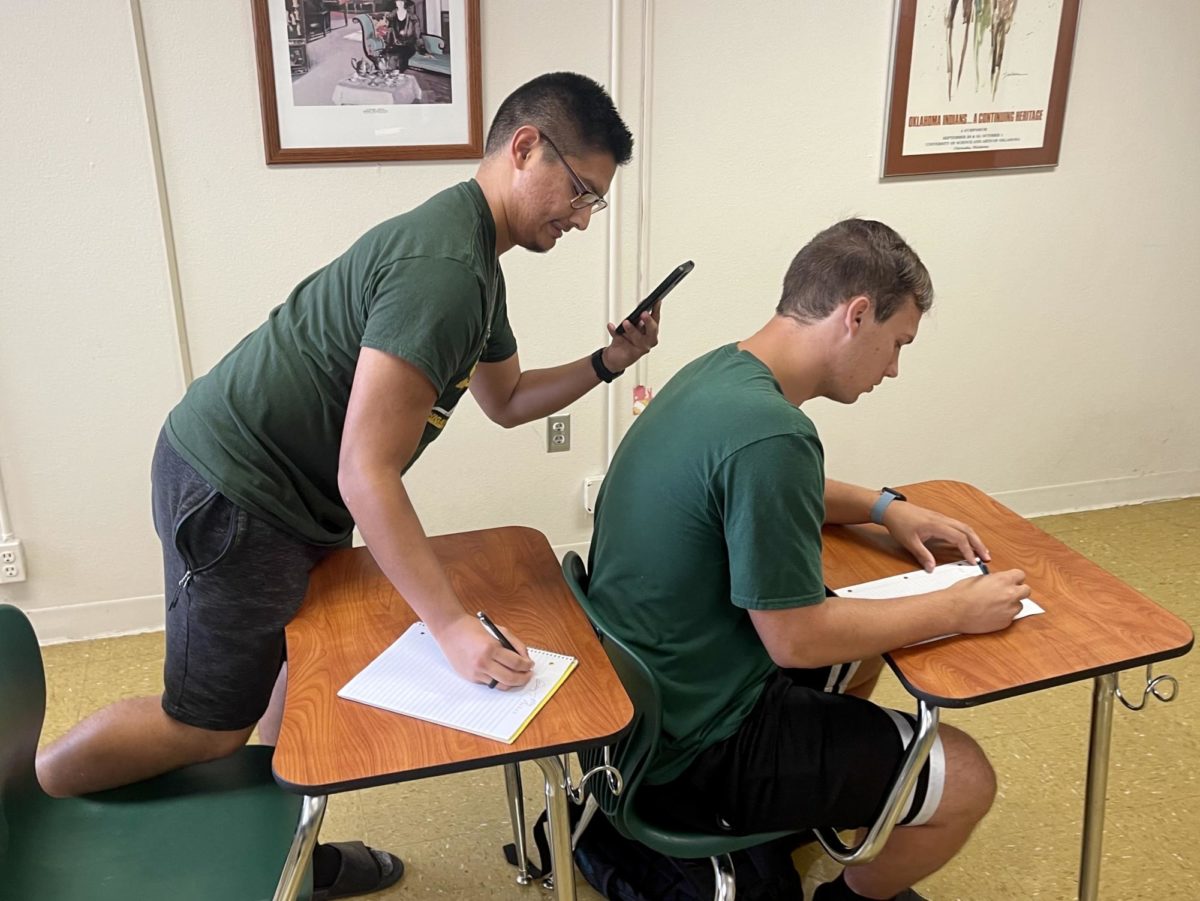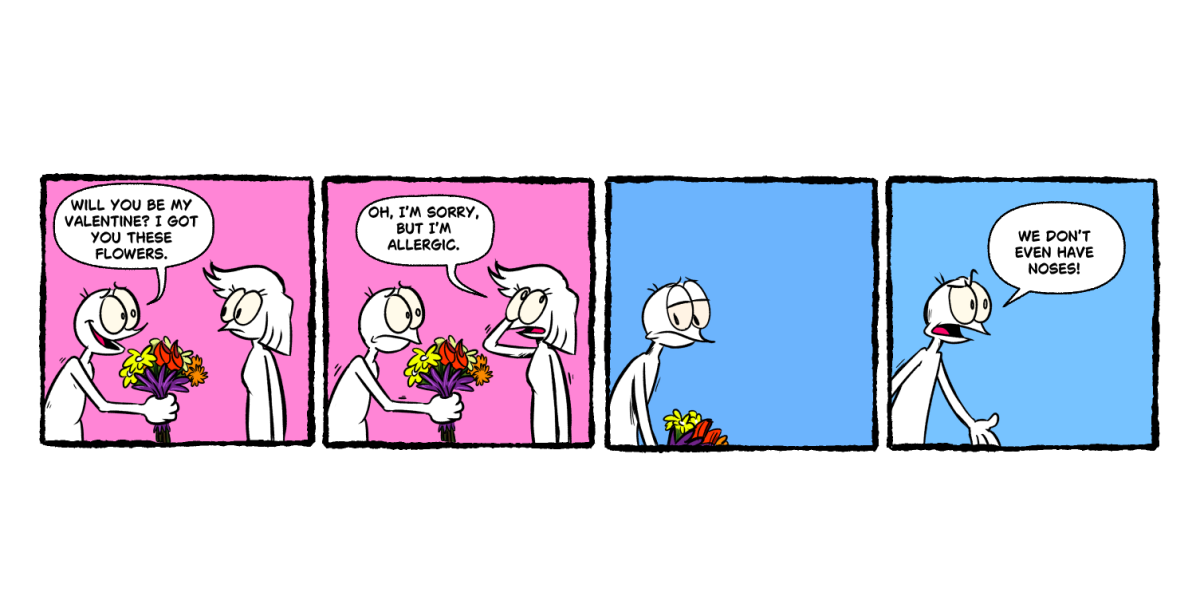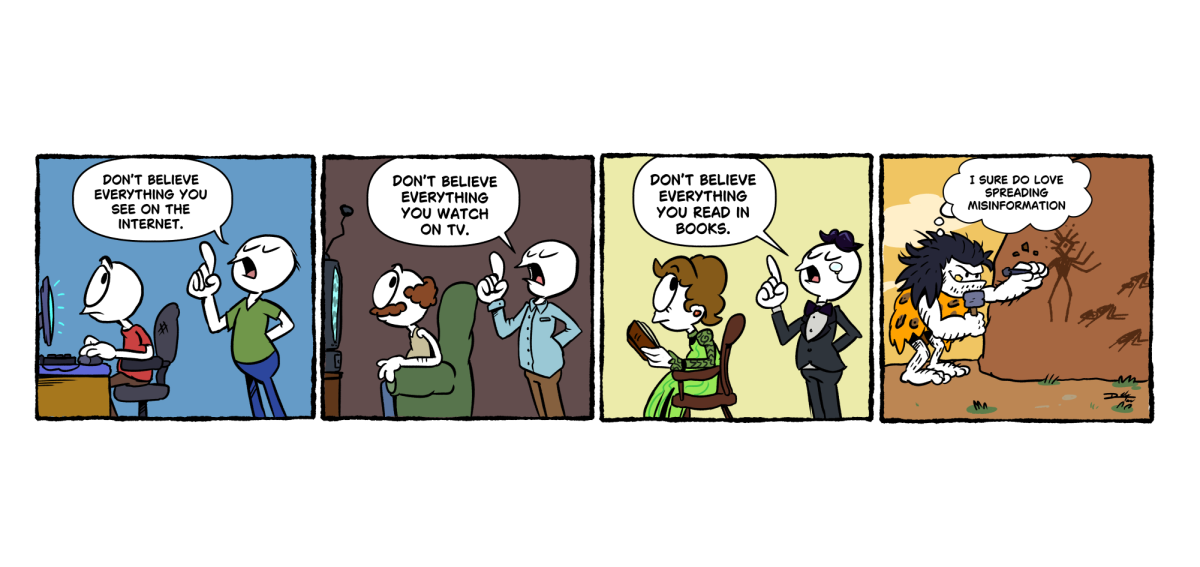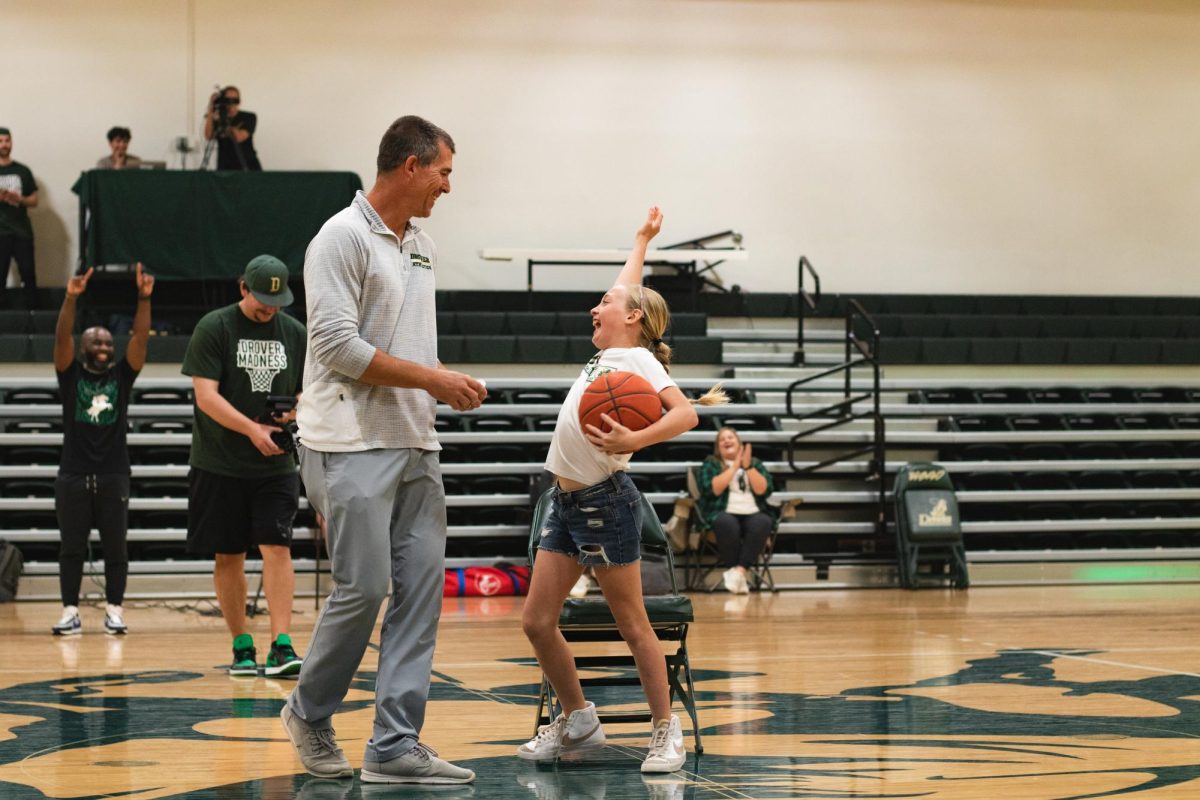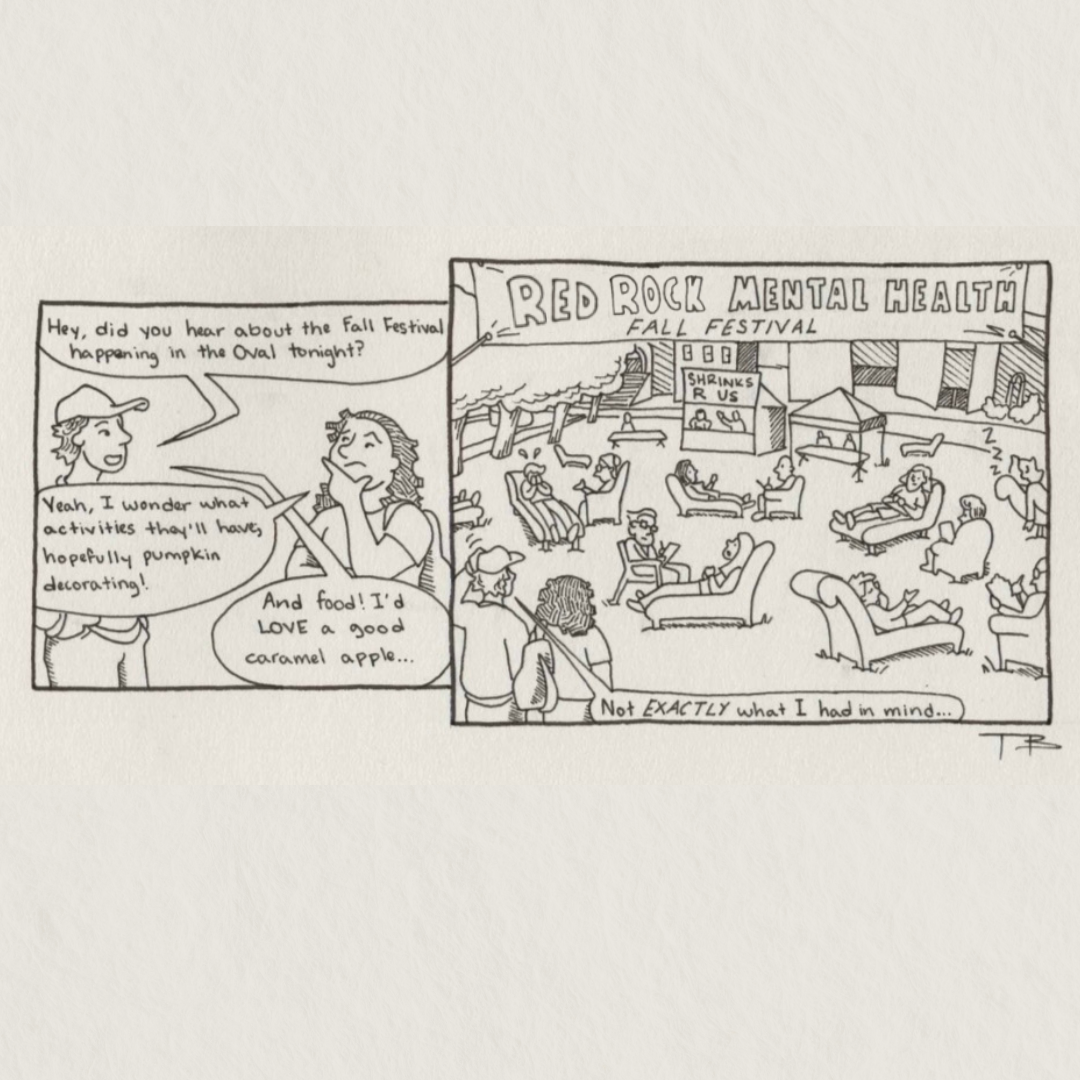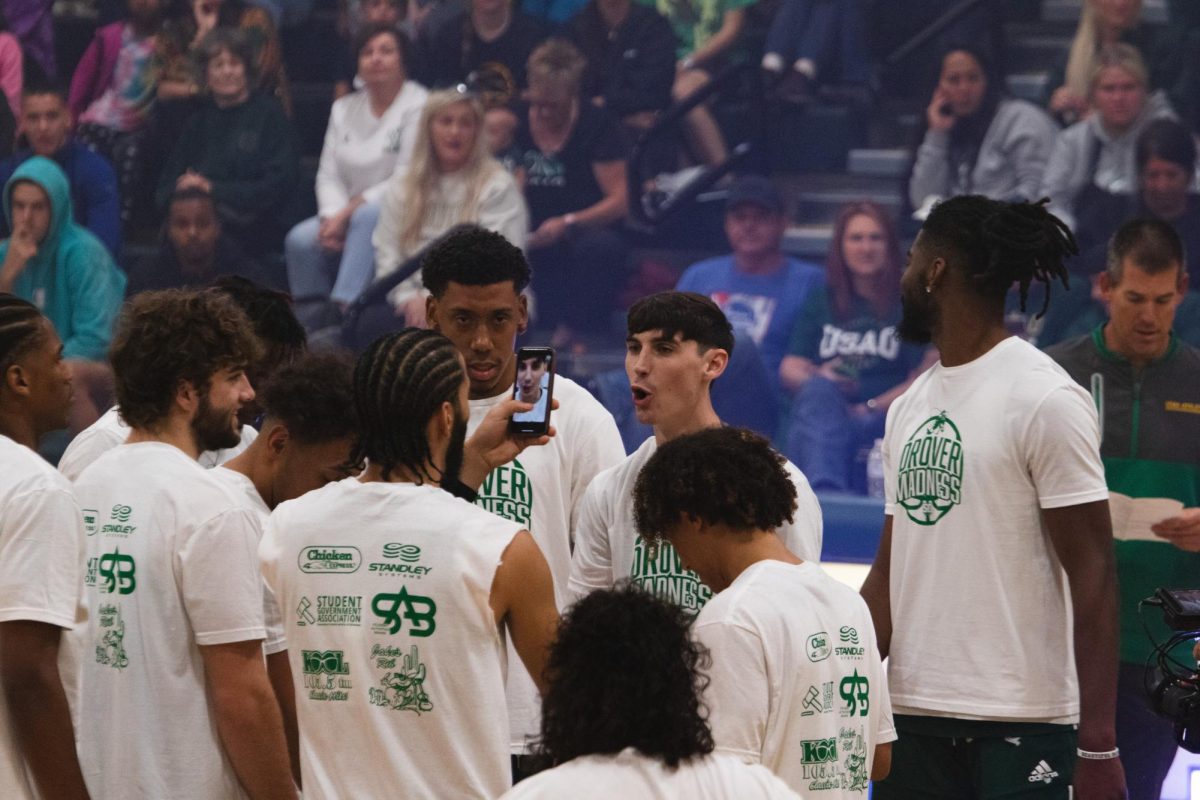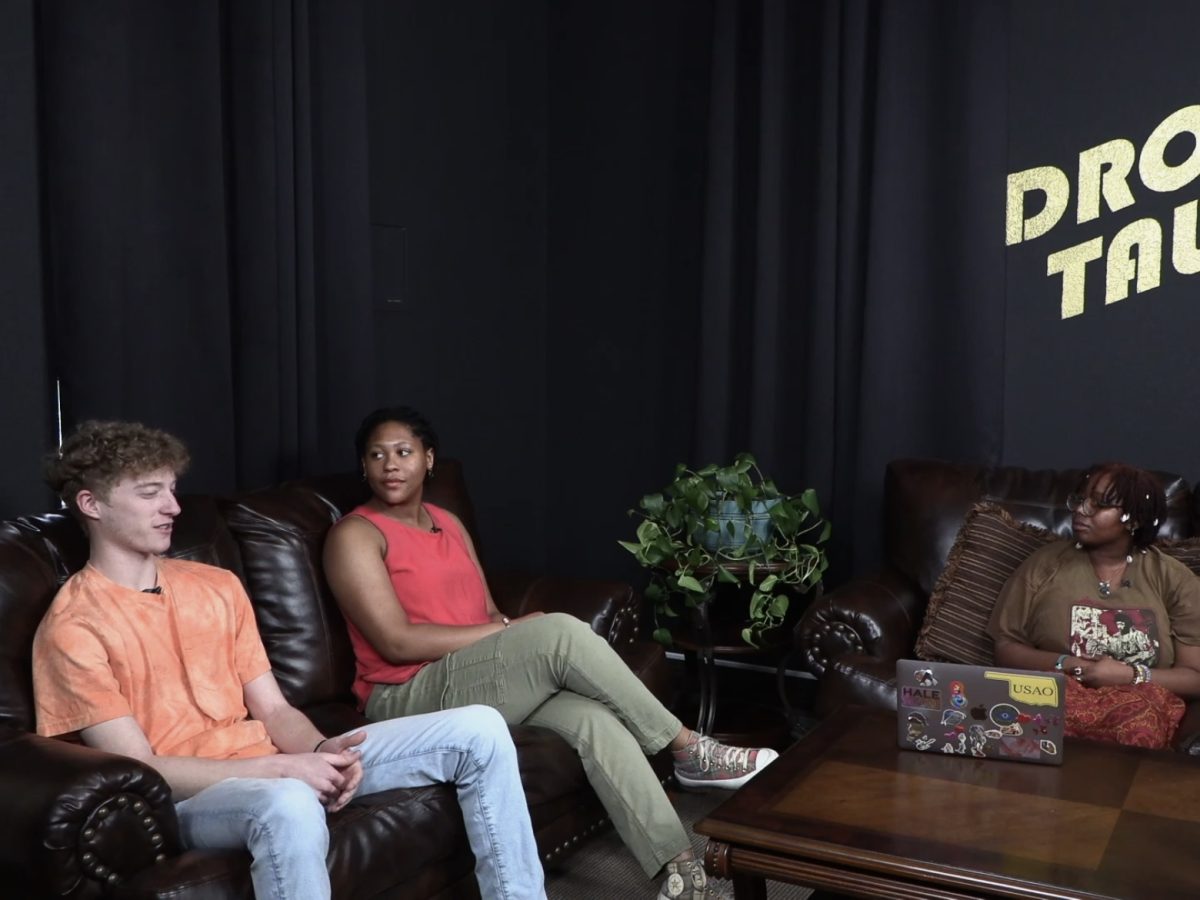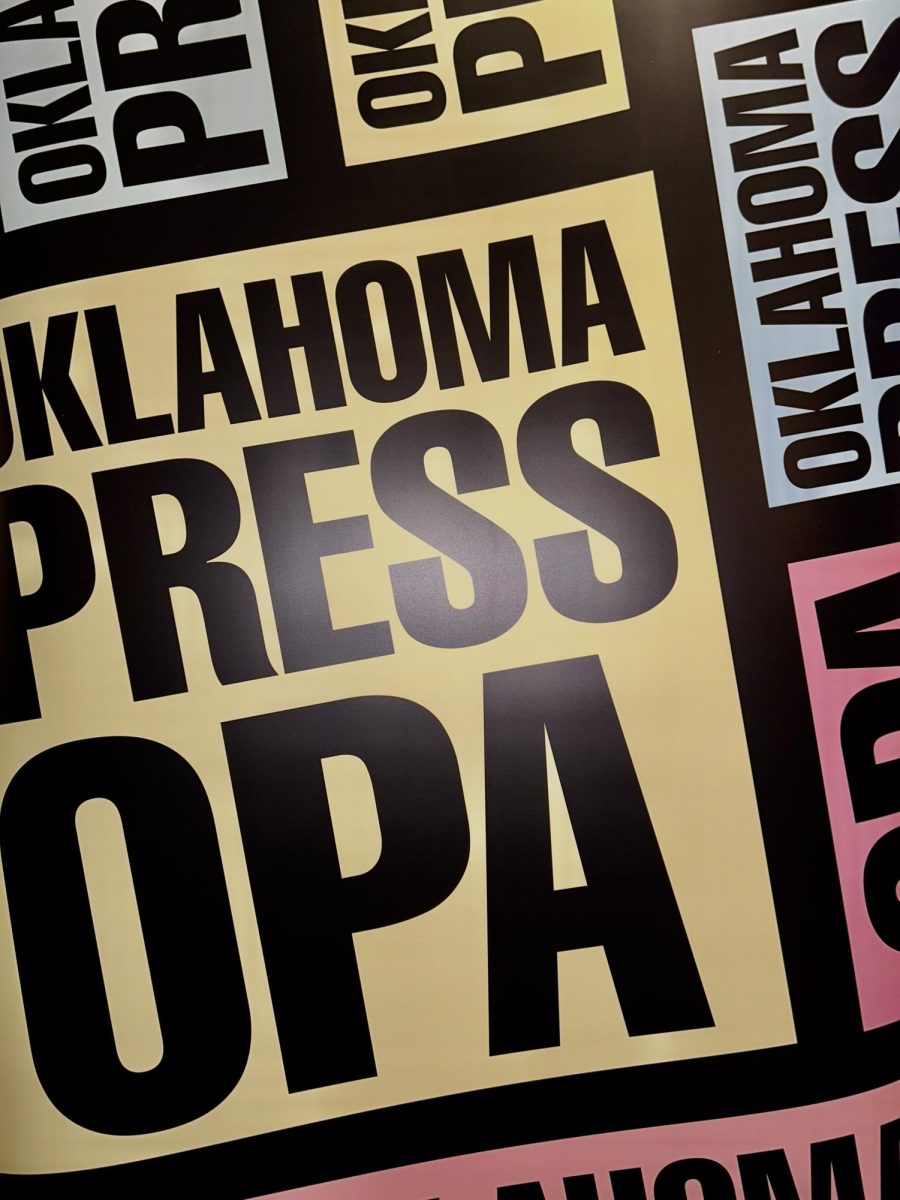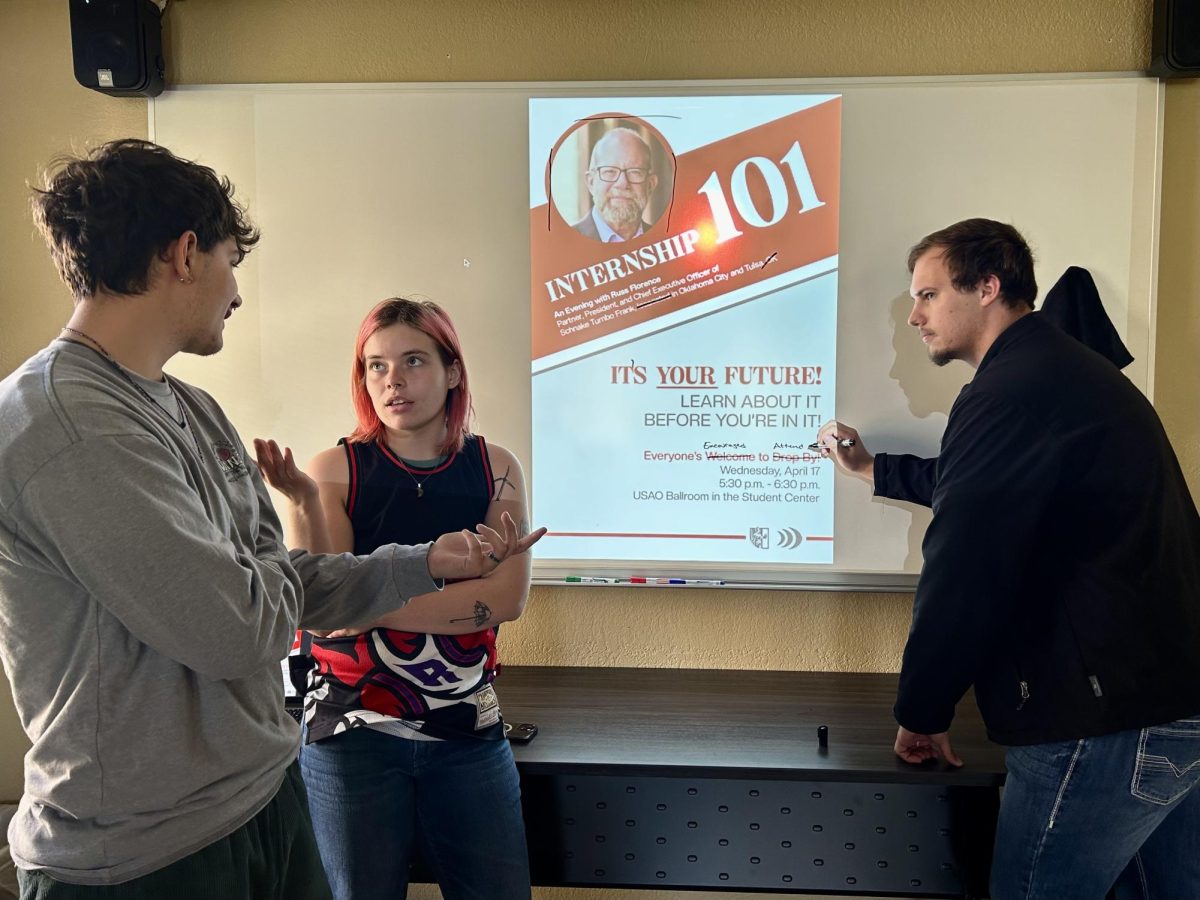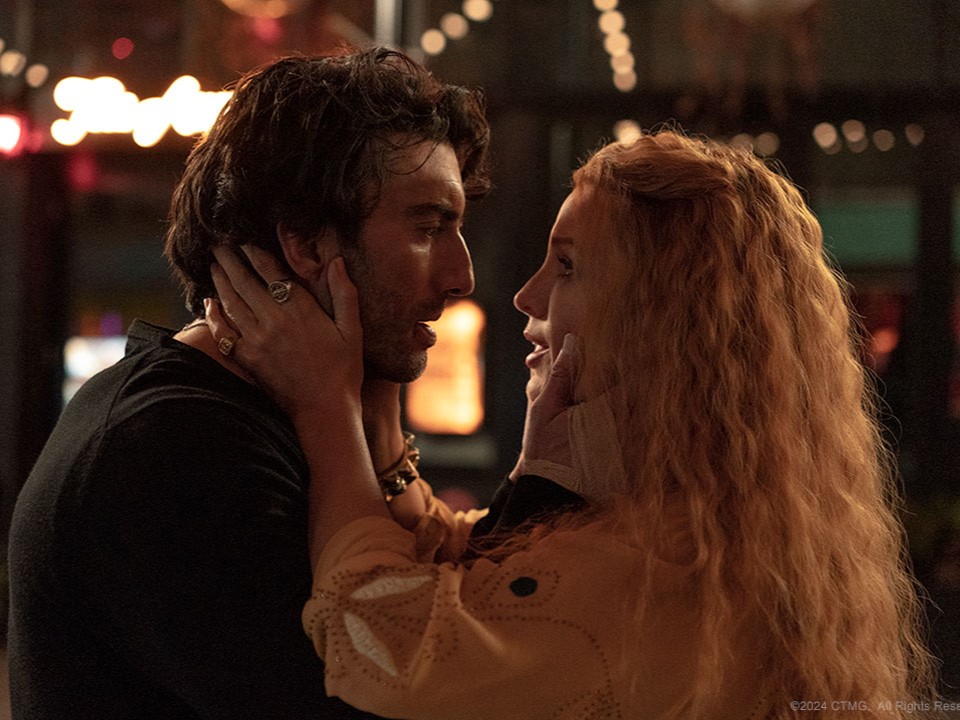The Blake Lively star vehicle, “It Ends With Us” was recently released in theaters across the country. If you feel like skipping the rest of the review, the long and short of it is the following sentiment: maybe it should’ve ended with the book.
For those unfamiliar with the source material, “It Ends With Us” is the first film adaptation of the work of New York Times best-selling author Colleen Hoover. Having sold millions of copies of her work throughout the world, it came as no surprise when the rights to her most popular book were purchased by Justin Baldoni’s production company.
The marketing for this movie was heavily mixed. Some people went in expecting a romantic comedy for the ages and instead watched a rancidly written tale of cyclical domestic violence. This opposition of expectation and reality gave many viewers conflicting feelings about the final product, myself most definitely included.
If you’ve been on social media in the last month, it’s likely you’re privy to the supposed drama unfolding behind the scenes between star Lively and director Baldoni. Sides have been taken. TikToks have been made, and statements have been lazily written and posted on Instagram, so if you feel like exercising your inner sleuth to get to the proverbial bottom of the controversy, be my guest. As for myself, I’ve sampled a very small selection of the drama as it’s unfolded. As my knowledge of such drama is limited, I’ll refrain from commenting on anything other than the drama on the actual movie screen.
The first problem I had with the film was the writing. The narrative lacked cohesion and was uneven throughout its run. Ryan Reynolds apparently wrote the rooftop scene that appears early in the film. The reason he had his hands in the writing process continues to elude me, but this scene stood out as being particularly badly written. Maybe he should stick to his rare specialty of playing the exact same character across three decades of cinema and leave the writing to actual writers.
Aside from the winning performances of the two leading men, the acting overall was nothing to write home about. Even the comedic powerhouses of Hasan Minhaj and Jenny Slate failed to bring any life to the dry and boring script.
As someone who gave up on the book a few pages in, even I am firm in the belief that Lively was miscast. The main character Lily was supposed to be 23 years old, and, as pretty as Lively is, she is undeniably nearing forty. That, however, was far from the most egregious fault of the film. That had to be the infamously styled clothes.
Lively was proud of her stylistic selections as she costumed the character, often using pieces from her own wardrobe and borrowing from the closets of other famous friends. While this may have seemed like a good idea to Lively and company, the end result was a frumpy explosion of patterns, colors, and rhinestones that ultimately distracted from the story itself.
This movie will likely go down in history as a big swing and a miss, even for fans of the source material. Perhaps the behind-the-scenes drama is largely to blame. Perhaps there simply wasn’t much quality material to work with in the first place. In either case, whether you skip this film or allow your curiosity to carry you into your local AMC, you will undoubtedly leave the theater with a strange mixture of disappointment and confusion. I’ll let you decide if that’s worth the $15 price of evening admission.
Gabi Merchen is a fourth-year communication major at the University of Science and Arts of Oklahoma.


